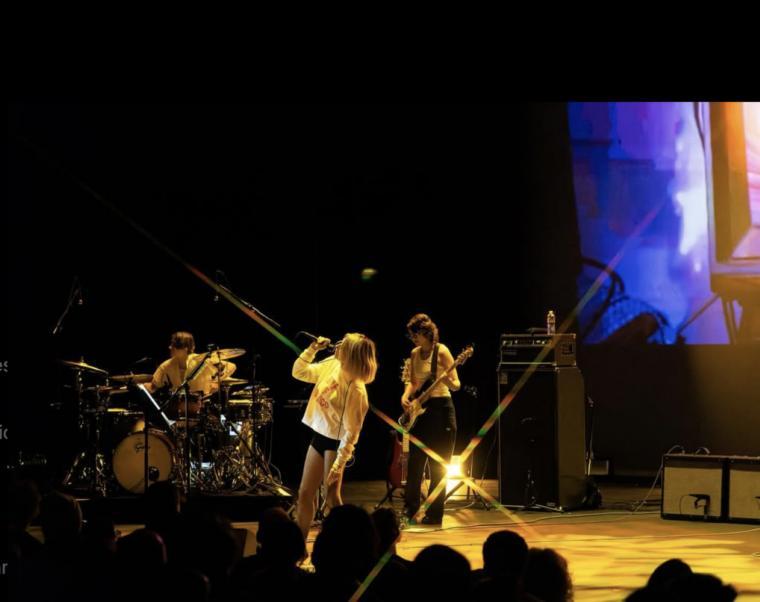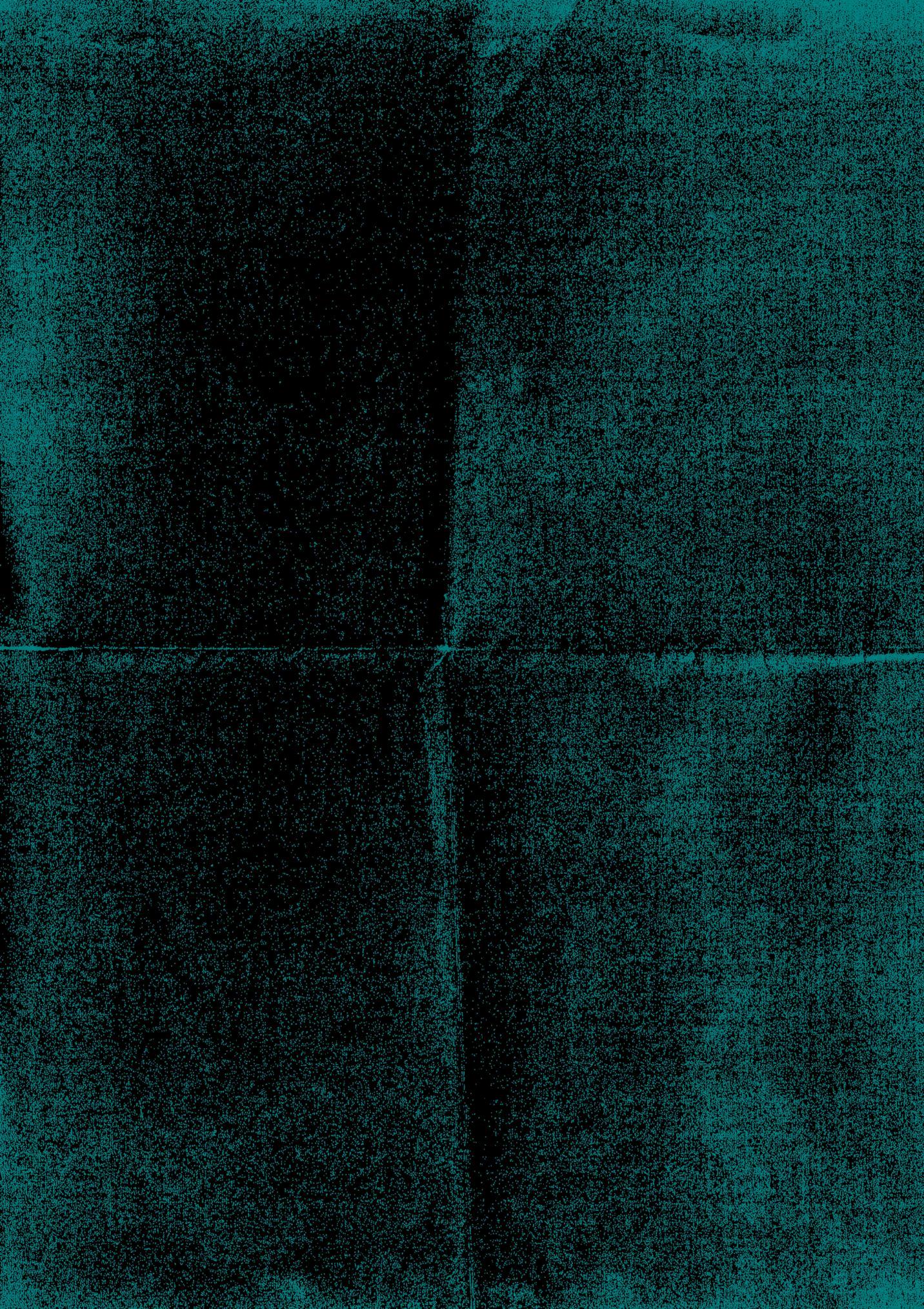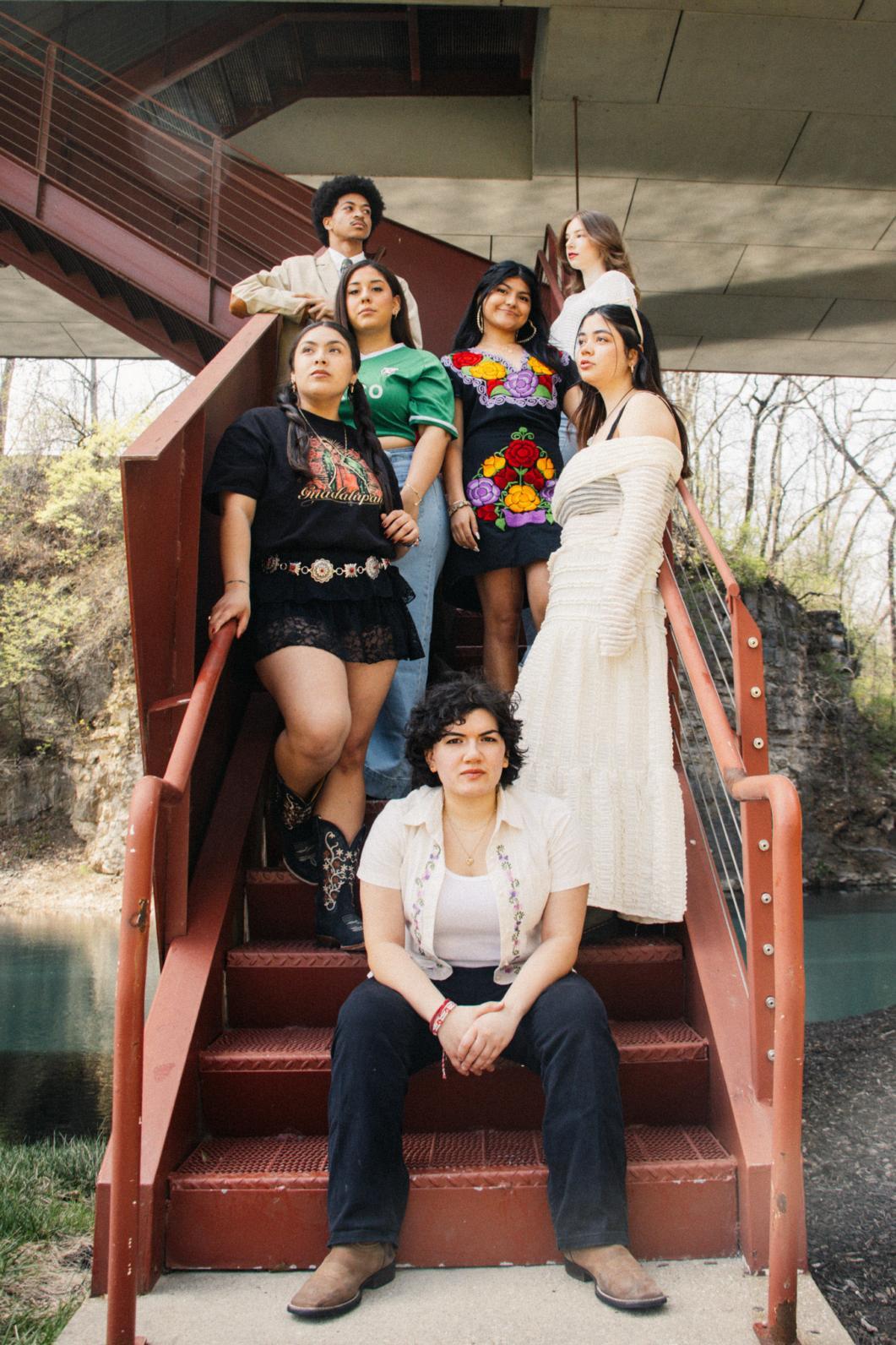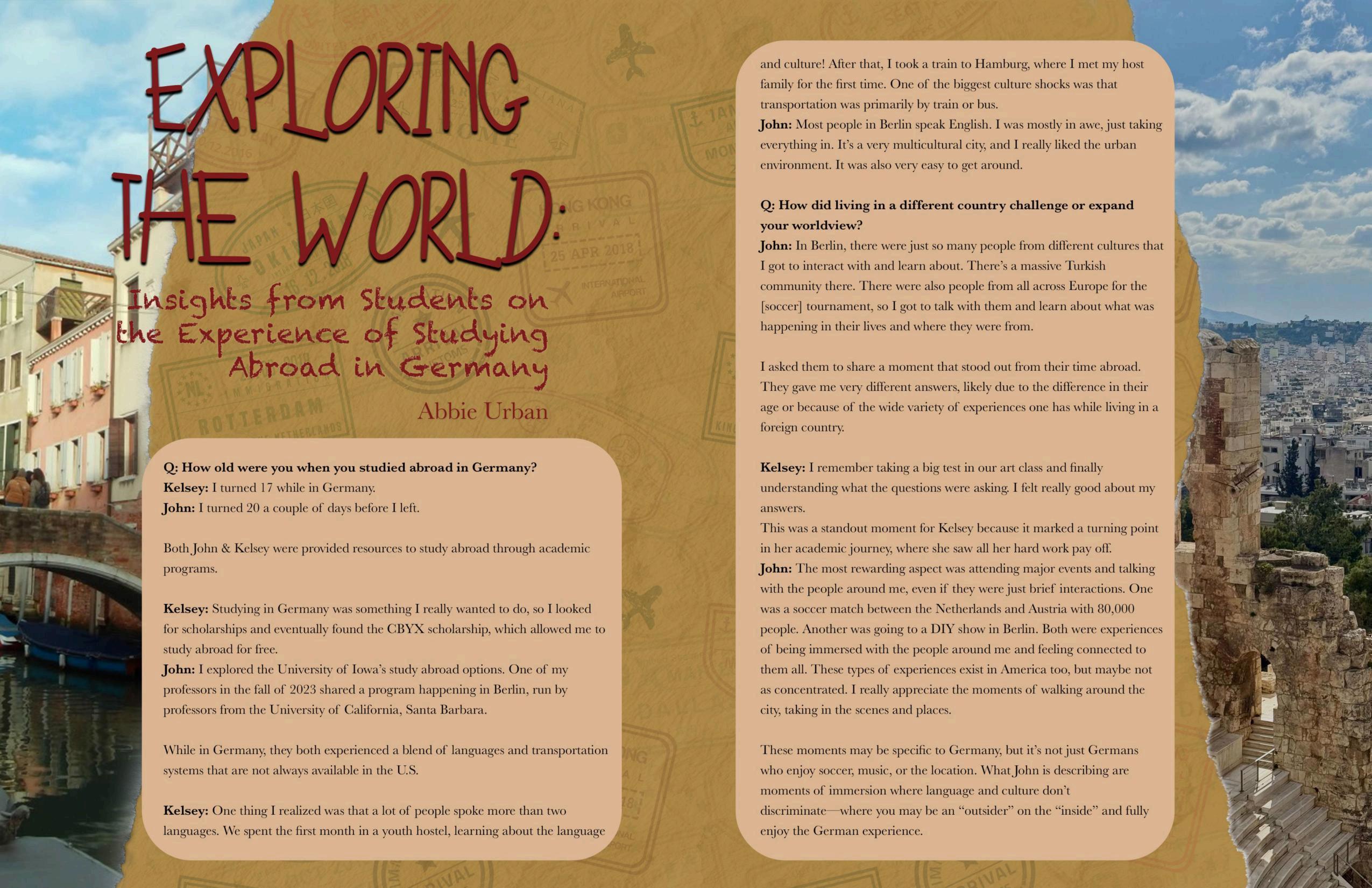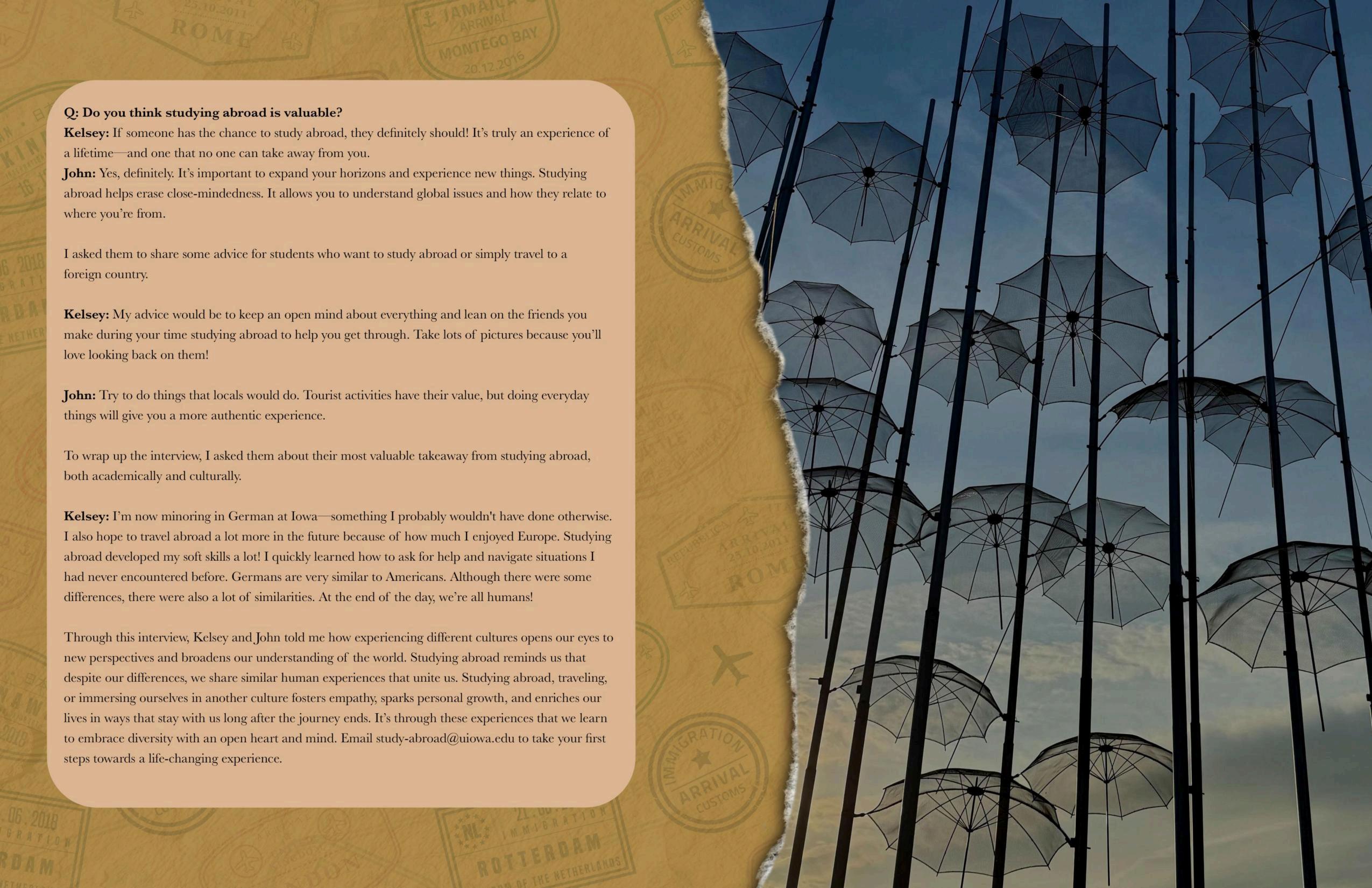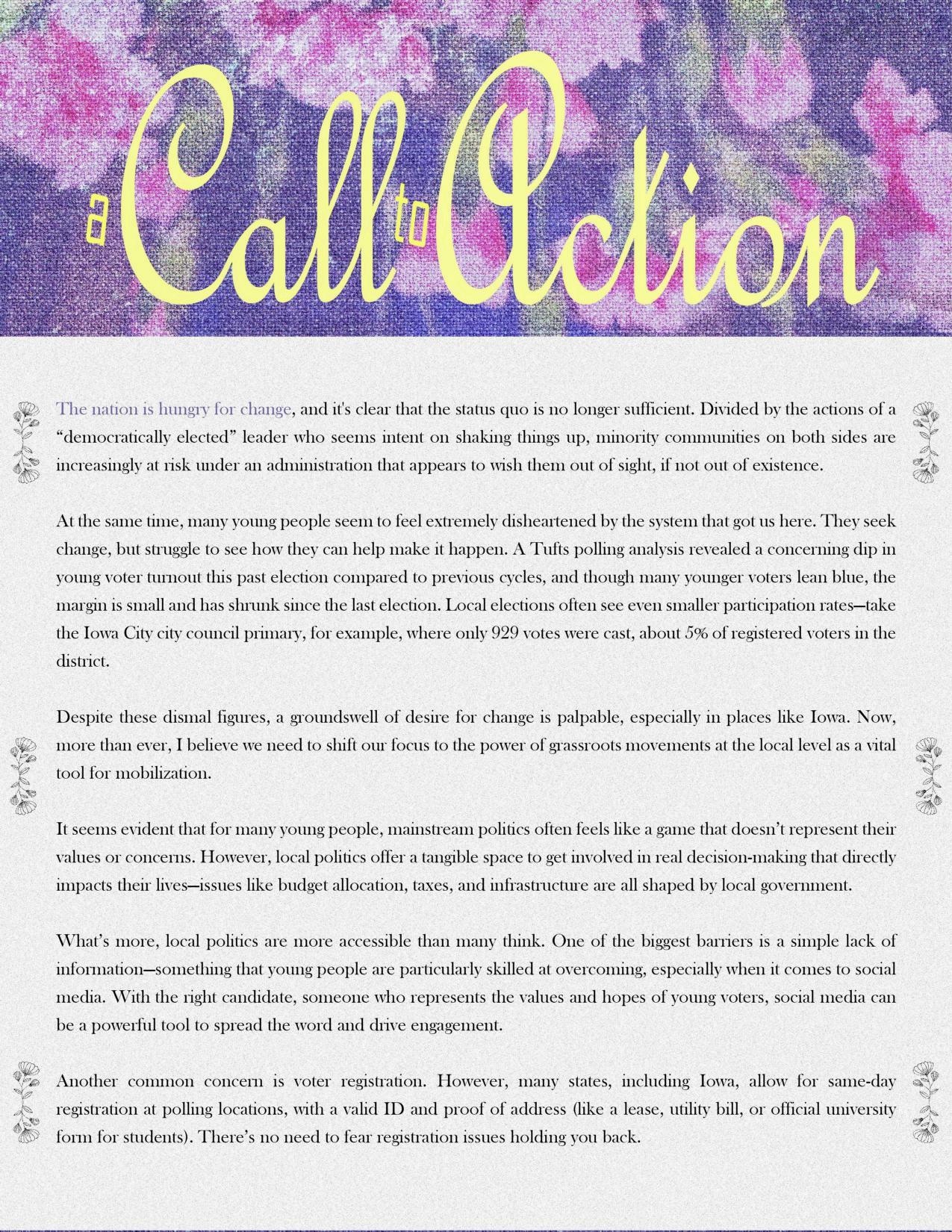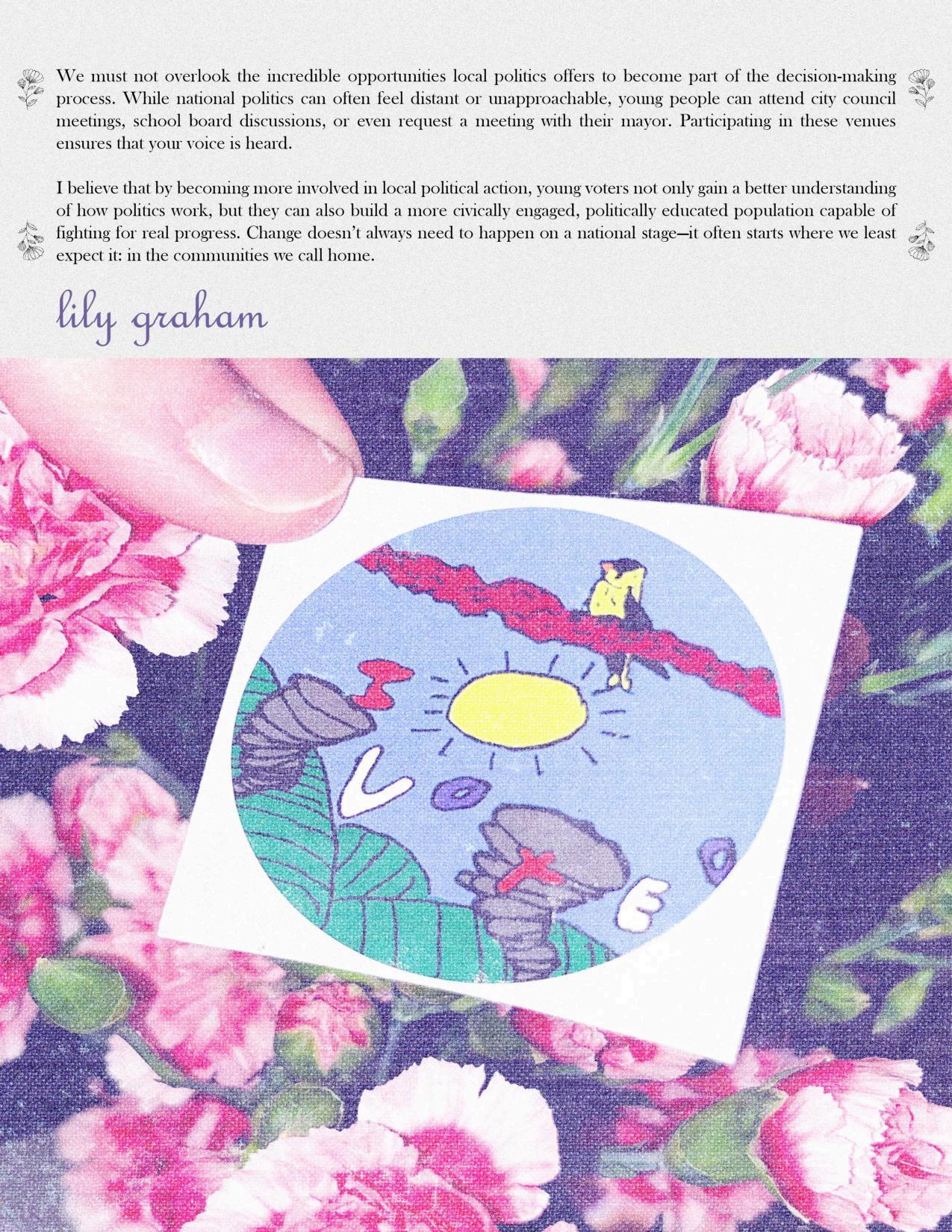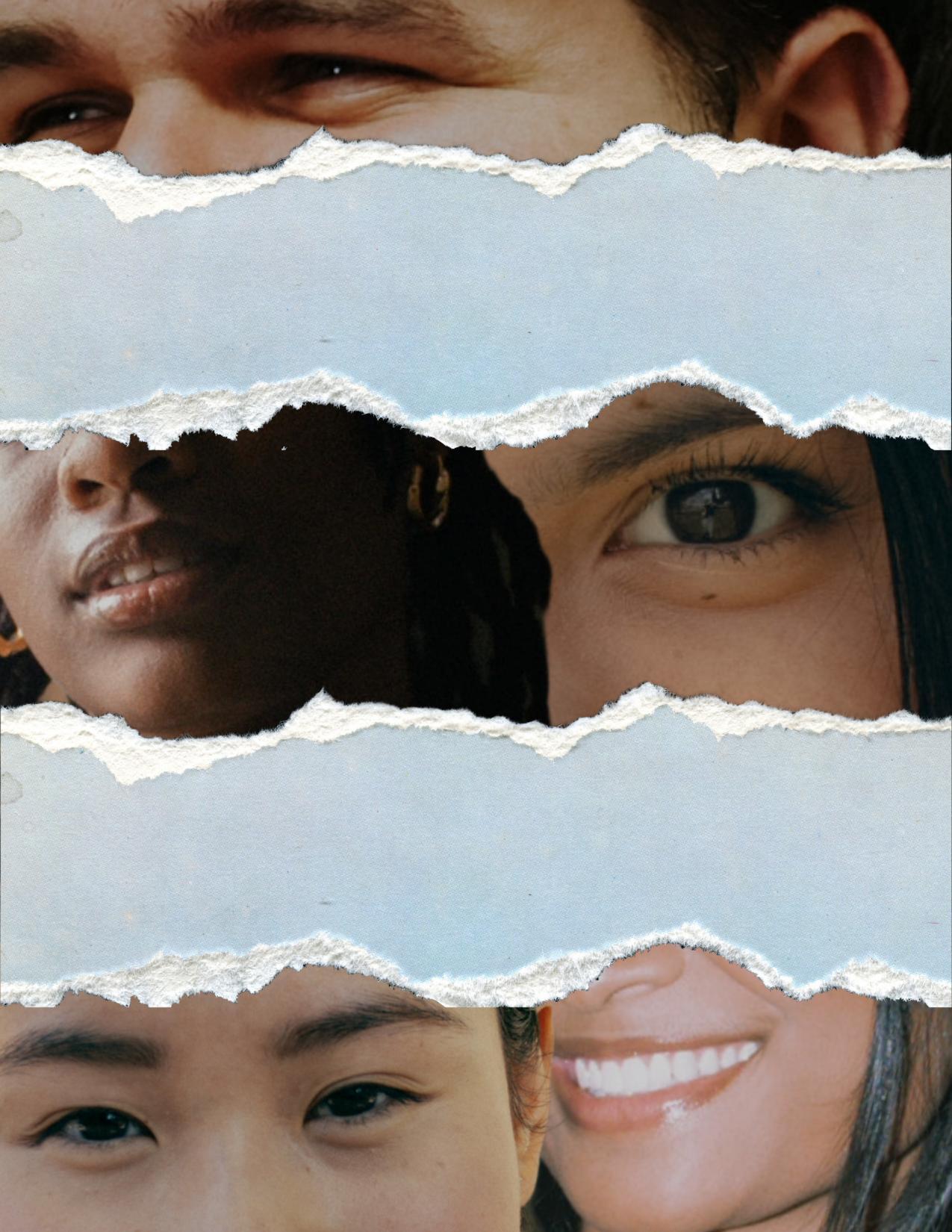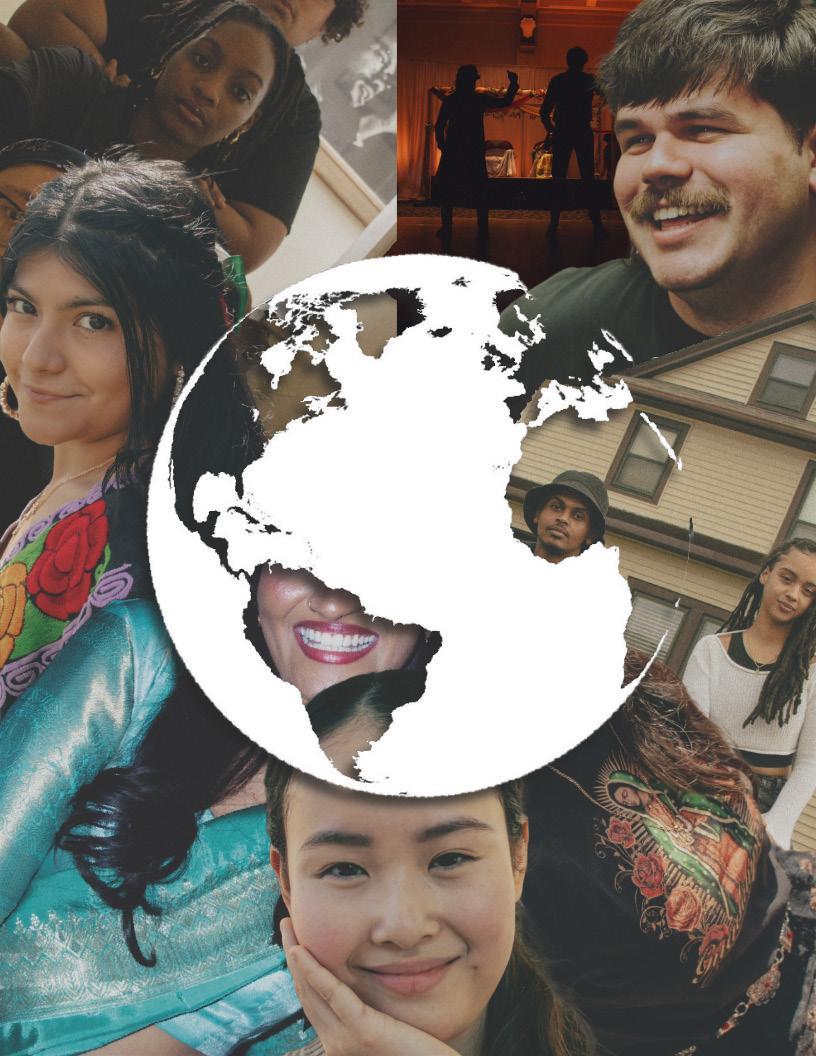





As we sit down to write this note, we find ourselves reflecting on what has been a truly fulfilling experience— creating our final issue as leaders of Zealous. Two years ago, we began Zealous with just a simple mission: to start a publication that would serve as a creative outlet to inspire, guide, and uplift students of all backgrounds, identities, and skill sets. Now, as we publish our third issue, our hearts are full of gratitude for our readers and contributors, whose support has helped us fulfill that mission during our time leading Zealous.
The theme of Zealous’s third issue, “Culture,” feels especially poignant to us as we prepare to graduate. It serves as a reminder of the incredible diversity that surrounds us and how each culture, background, and perspective adds a unique layer to our collective campus
The University of Iowa is home to students from all walks of life, each contributing to the richness of our academic and social environment. From the food we share, to the conversations we have, to the traditions we hold dear, culture is not just a theme we write about— it is what defines us both as individuals and as a collective. It is the pulse that keeps our campus, and the world beyond, alive with creativity and connection.
Yet, as we celebrate our differences, we must also acknowledge the challenges faced by students of color, LGBTQ+ students, and international students during this spring semester. At a time when political agendas seem to be pushing us back in time and influencing universities to deprioritize the needs of identities that are the heart of academia, it is easy to feel discouraged. But we have witnessed firsthand the resilience of our campus community. Despite these challenges, students of all identities have shown incredible strength, finding ways to support each other, stand up for their rights, and continue to thrive. Their stories are
To the readers and contributors of Zealous: Thank you. Your stories, your insights, and your support have made this magazine a platform for dialogue and understanding. Whether through written words, photography, or design, you have helped bring to life the spirit of
As we prepare to leave this campus and embark on new journeys, we hope that Zealous continues to inspire students to speak, write, and show their truth— not only in times of joy,
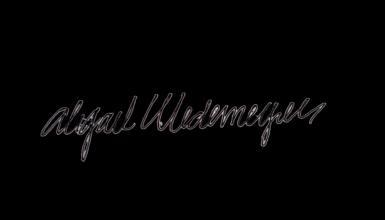
Abby Wedemeyer Founder & Editor-in-Chief
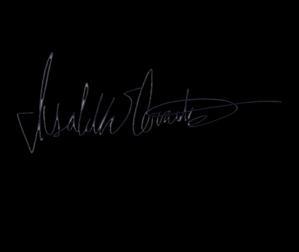
Isabella Cervantes Co- Founder & Creative Director
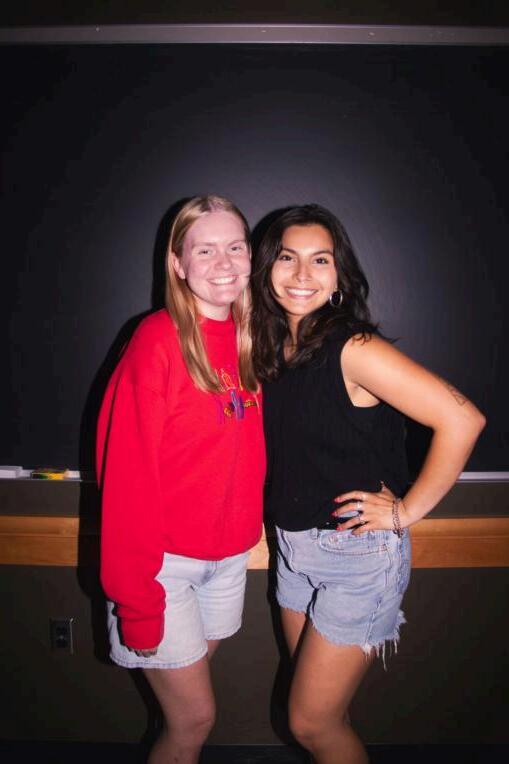
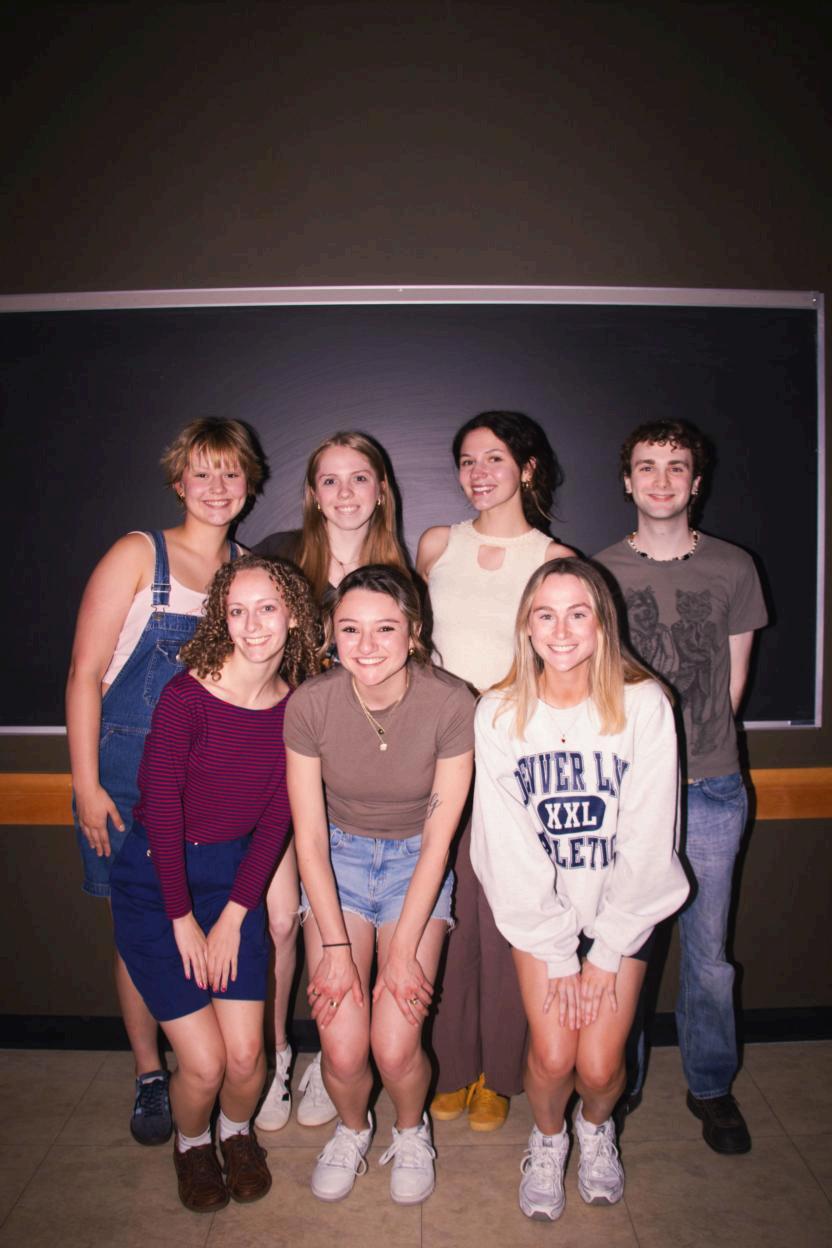
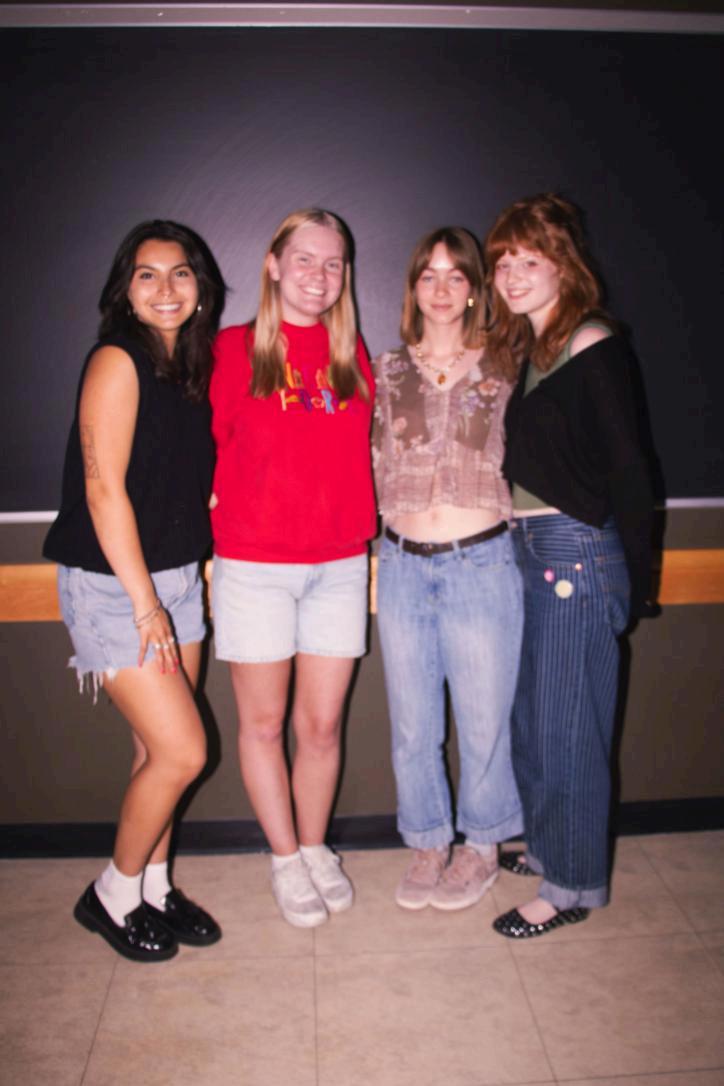
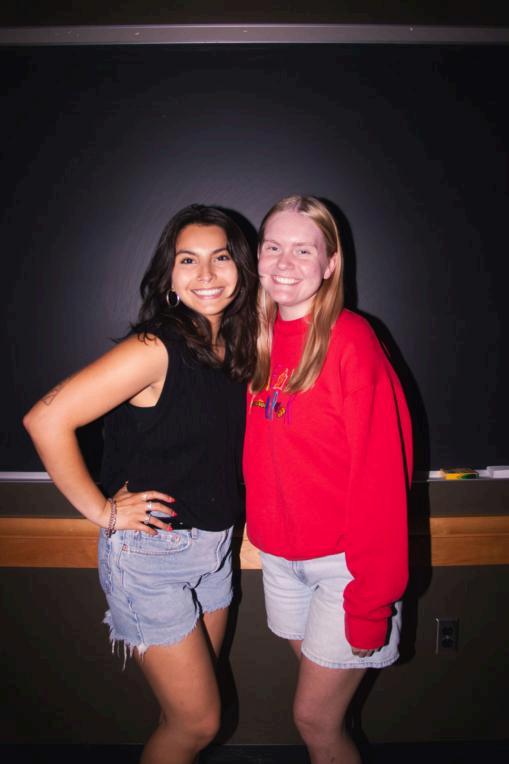
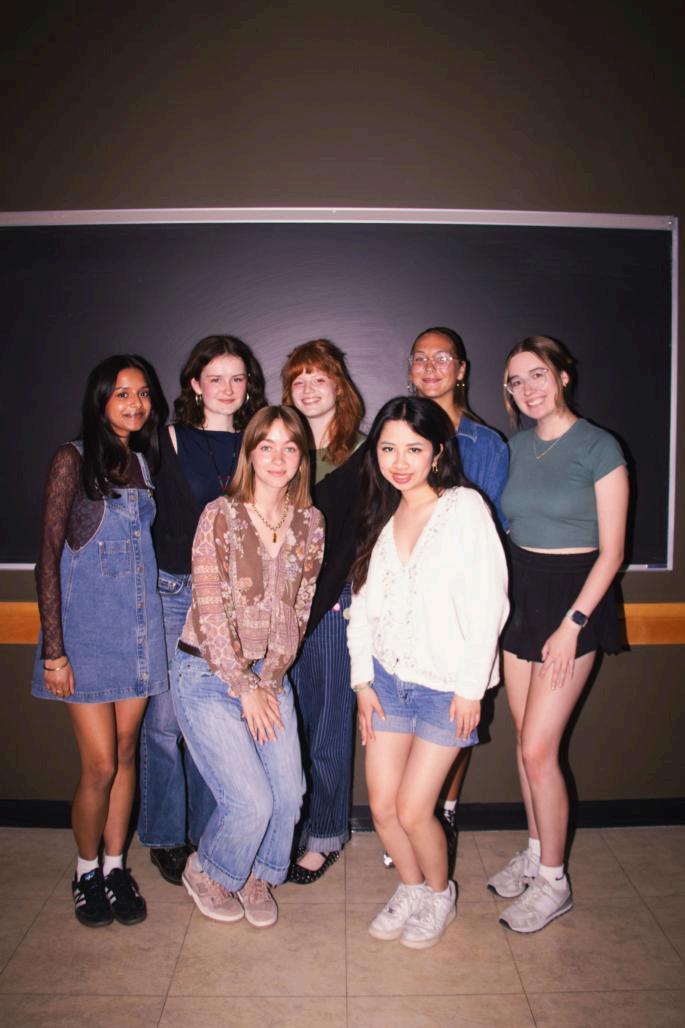
In December of 2024, the University of Iowa made a controversial announcement that caused a stir within the academic community. Plans were unveiled to dismantle and merge key departments within the College of Liberal Arts and Sciences (CLAS)—African American Studies, American Studies, Gender, Women’s, and Sexuality Studies, Jewish Studies, Latina/o/x Studies, and Native American and Indigenous Studies—into a single School of Social and Cultural Analysis. A major part of this proposed restructuring involved eliminating the Gender, Women’s, and Sexuality Studies and American Studies departments entirely, along with the Social Justice major, which was to be replaced with a vague, catch-all Bachelor’s degree in Social and Cultural Analysis.

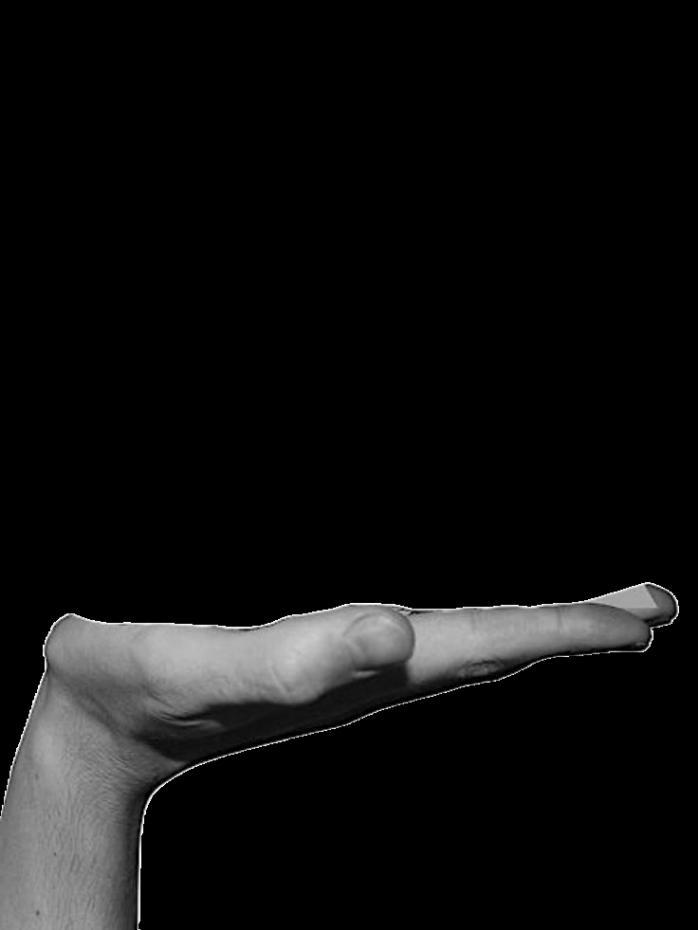
This shift was framed as a means of streamlining departmental administration by consolidating leadership and reducing redundancies. In its press release, the University also emphasized the potential career benefits for students, arguing that the new school would make degrees more marketable and applicable to a broader range of professional opportunities. And, while financial motives were not explicitly stated, they undoubtedly played a role in this decision. The University noted low enrollment numbers and faculty constraints in certain areas, justifying the proposal as an endeavor to “[align] our resources efficiently.” These changes were presented as an effort to maximize students’ educational experience. But if we read between the lines, it is clear that this would mean far more than just an administrative reshuffling. It is a not-so-subtle attack, under the guise of efficiency, on the very fields that challenge dominant narratives, uplift marginalized voices, and provide a space for critical discourse on social justice and identity. Merging such diverse departments in this way completely discounts and disregards the individual importance of each one. Of course, there is going to be overlap in their areas of study— they all seek to confront the issues facing communities that are historically, systemically oppressed. But despite and because of this fact, each still warrants its own, distinct focus. Consolidating such nuanced disciplines ignores the unique history behind each that demanded their creation in the first place.
















Ultimately, the Iowa Board of Regents did reject the creation of the School of Social and Cultural Analysis, only permitting the elimination of the BA programs in Social Justice and American Studies and allowing the departments at risk of closure to remain open. But, this win may be short-lived. In an update to the original press release, it was stated that these shutdowns “will not occur at this time,” so the future of these departments continues to be uncertain. The University may continue to try to diminish this sector, and its true colors have been made plain by proposing this plan. At face value, their justification for these changes can seem reasonable— it very well could have improved the real-world applicability of students’ degrees, and the administrative redundancies they see exist could make accomplishing interdepartmental goals more difficult. However, in light of the string of recent changes made throughout the University, the benevolent presentation of this proposed shift sours. The renaming of the Diversity and Inclusion general education requirement to “Understanding Cultural Perspectives,” the closure of the Division of Student Life’s identity-based Living Learning Communities, and the complete shutdown of the Division of Access, Opportunity, and Diversity (DAOD)—less than a year after its title was changed to remove the words “equity” and “inclusion”—all paint a troubling picture.
Actions like these, though driven in part by governmental pressure to comply with the current state and federal onslaught on diversity, equity, and inclusion in education, expose where the University’s priorities lie. They are choosing to do the bare minimum when it comes to fostering the inclusivity necessary for a quality education and a healthy campus environment in which students feel protected and wanted. The decision to shut down the DAOD while maintaining just the federally mandated components (such as the Office of Civil Rights), cutting out the words “diversity,” “equity,” and “inclusion” from offices and programs, and the blatant disregard for the importance of cultural studies all exemplify a disturbing shift away from institutional commitments to diversity. The University has become more concerned with churning out workers than actually providing students with the education and services needed to become well-rounded, empathetic, competent world citizens.
In recent months, I have noticed that the need to comply with governmental changes in the realm of DEI has become an excuse to dismantle the essential resources that create a sense of community and security for students. Maybe it really is out of their hands. The attack on DEI happening at both the state and federal levels has been devastating for colleges and universities across the nation. But while external political pressures cannot always be ignored, the University must decide whether it will passively accept these constraints or actively resist them in defense of its students. If we continue stepping aside and allowing lawmakers to wreak havoc on diversity, equity, and inclusion initiatives, who knows what will happen next? Students deserve more than a university that does the bare minimum. They deserve to feel valued and supported by an institution willing and ready to fight for them. Universities should be spaces of growth, learning, and inclusion— not places where students feel like afterthoughts in a system more concerned with appeasing external pressures than ensuring their safety and well-being.





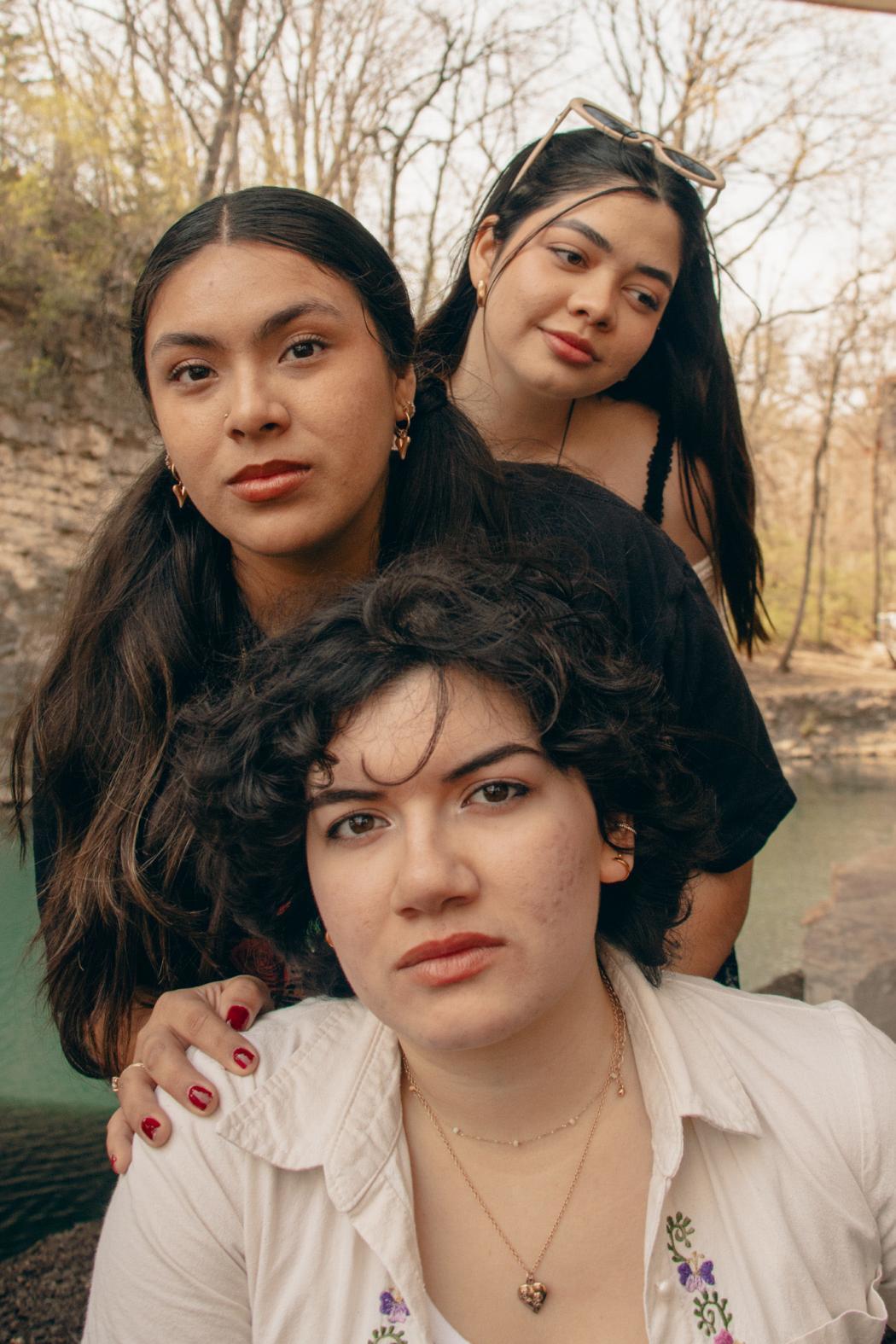
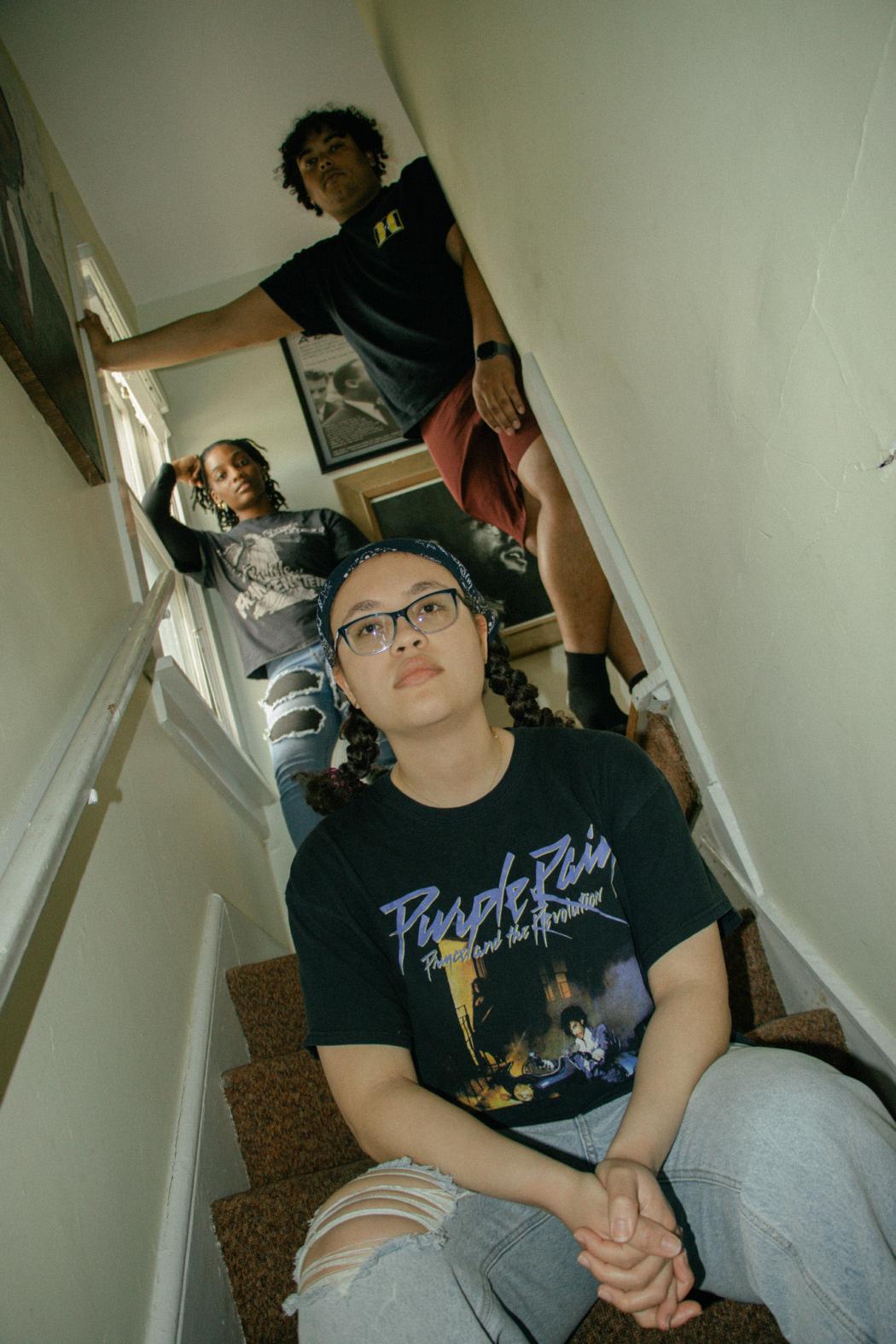
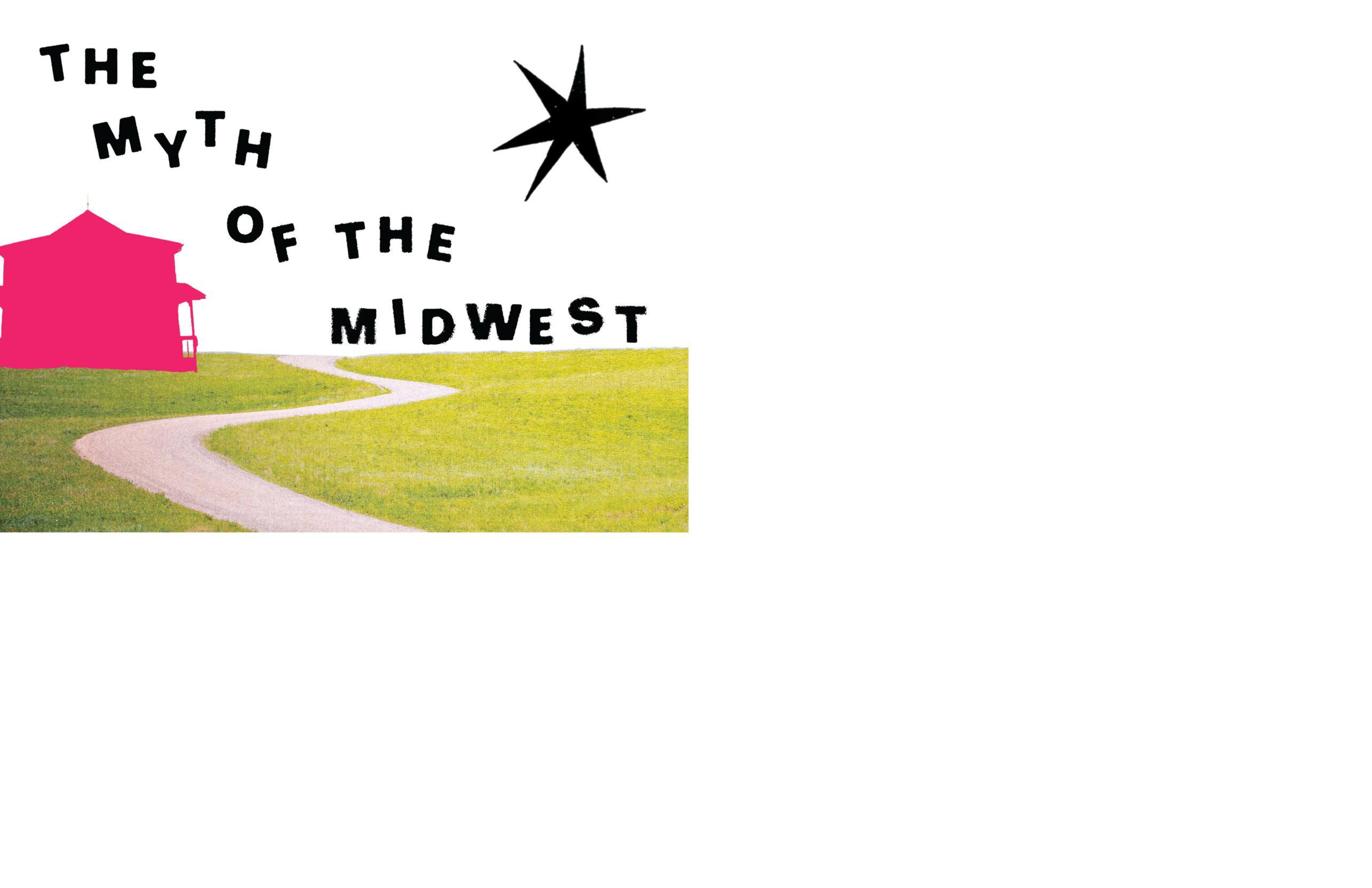
To most of the country, the Midwest is a pit stop. An unending stretch of highway, surrounded by dying fields of corn, that takes you from one coast to the next. The Midwest is the purgatory of the US, one you must pay penance to anytime you want to travel by car or lord above anytime you take a flight. What is the Midwest if not a transition from one place to the next? Even its name only really tells you where it is in relation to the closest real thing: the West.
But what is the Midwest to those of us who aren’t moving through? What is it to those of us who stay, by choice or otherwise? In short, complicated. In long, messy. The Midwest is a series of contradictions that even Midwesterners have a hard time wrapping our minds around. Growing up in the Midwest, I didn’t even count it as a place to be from. It was like saying you were from the suburbs, which is to say from the vague, amorphous neighborhoods of the US that are the same everywhere you go. The Midwest, in my mind, was always a place defined by what it lacks. It lacks water, it lacks diversity, it lacks things to do on a Friday night, it lacks ideas to engage with, it lacks art being created. Herein lies the myth of the Midwest.
The narrative of the Midwest as flat, white, and rural is incomplete, but most importantly, it’s lazy. Defining the Midwest in these large generalities erases the real experiences, people, and ideas that are taking root in spite of, despite of, or maybe because of the Midwest. Punk scenes are flourishing. Art galleries are being run out of garages. Pockets of diversity are only expanding. All in the Midwest. Art isn’t only being created in New York or Los Angeles, and it isn’t only being celebrated there either. Artist-run projects and spaces like Iowa City’s Public Space One have popped up all throughout the Midwest. Terrain Exhibitions in Springfield, Illinois, the Neon Heater in Findley, Ohio, Cultivate in Grand Rapids, Michigan, and Soo Visual Arts Center in Minneapolis, Minnesota, are all creating room for Midwestern artists and creatives.
The art capitals on the coast don’t have a monopoly on creativity, no matter what they’d like us to believe. While you might have easier access to art in large cities on the coast, it’s actually much more feasible to begin a career in art in the Midwest, where land is cheaper and more available. The Midwest approach to cultivating art is DIY, scrappy, and not interested in taking itself too seriously. It’s a mirror of the Midwest’s expanding horizon. There is art in the Midwest to be found, but you have to go out and find it. It’s too easy to grow complacent in the narrative of the Midwest we’ve built, to dream about moving to a big city and finally finding community and art. It’s more work to plant roots where you are, to seek out community, art, and diversity within your own backyard– but it’s worth it. It’s worth it to deconstruct the myth of the Midwest and confront all of its messy contradictions.
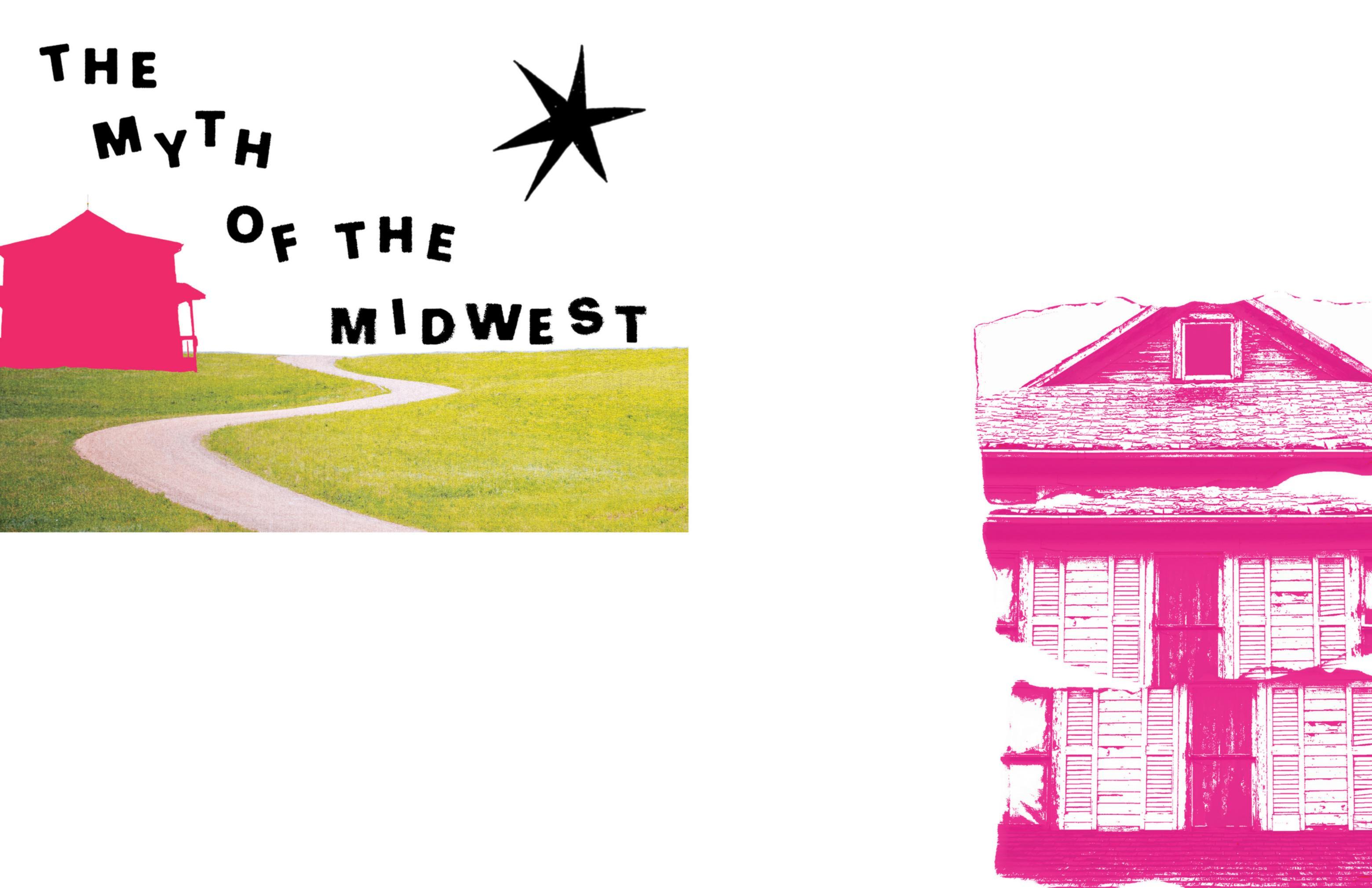

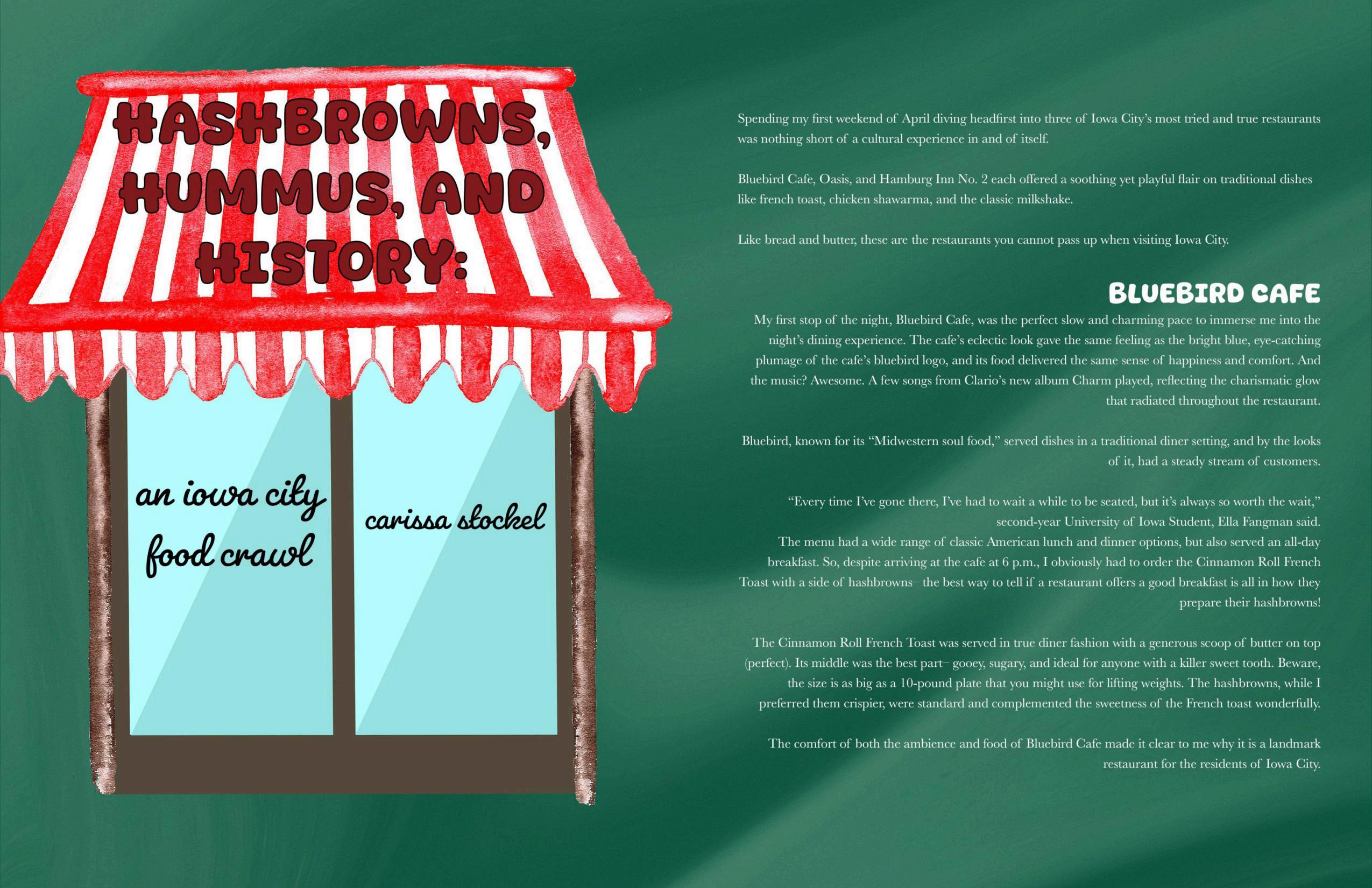

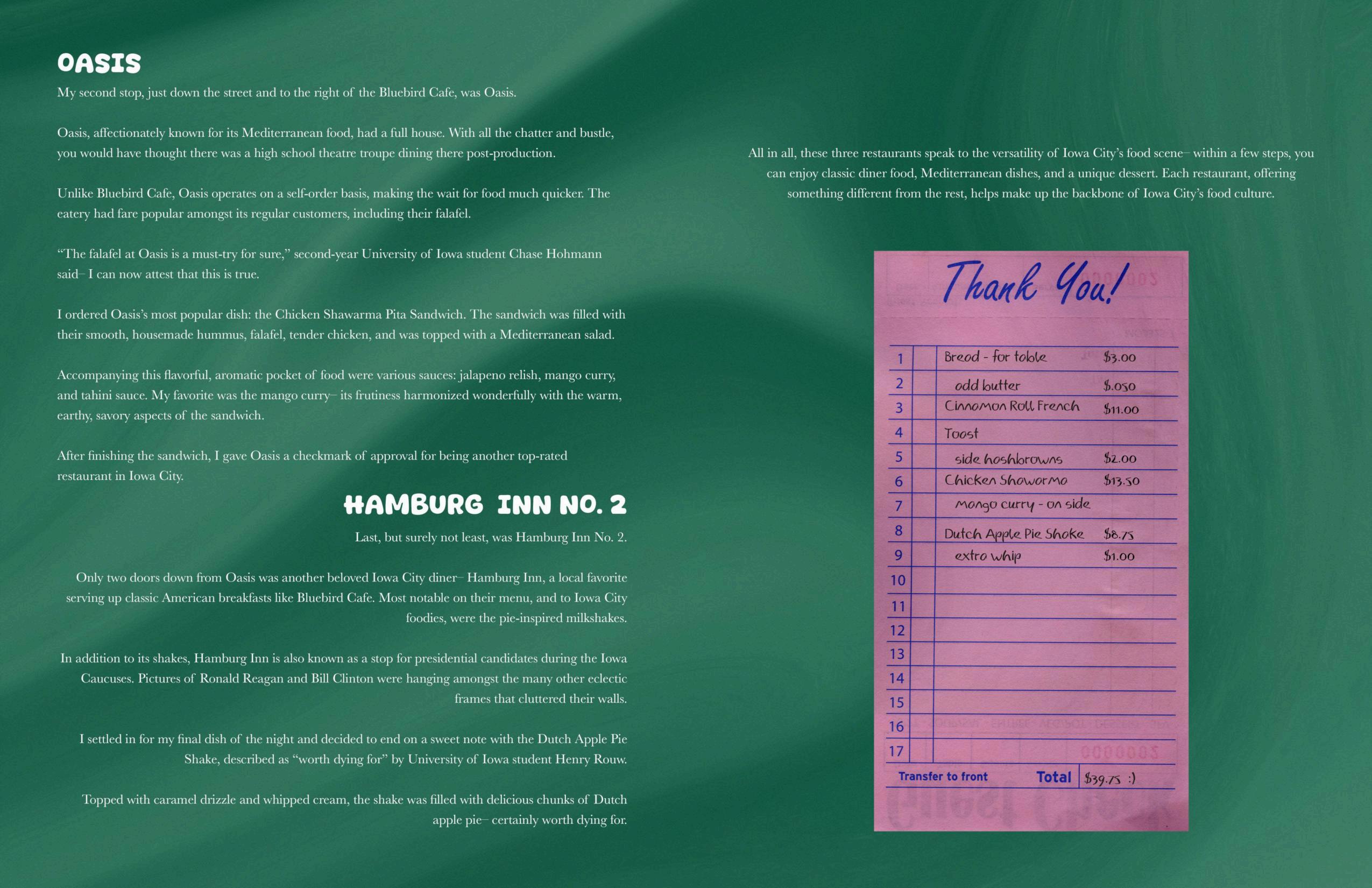


Sam Wirth


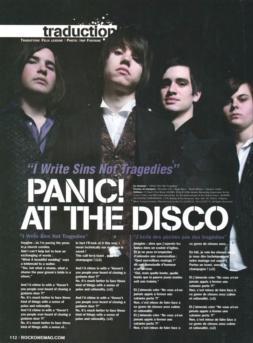

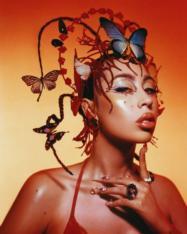


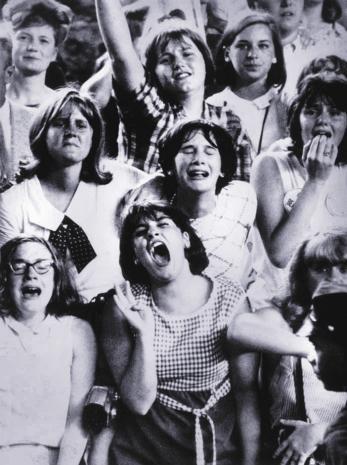





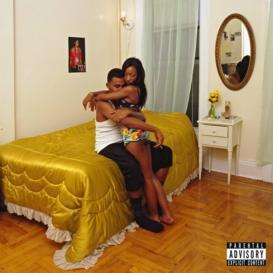




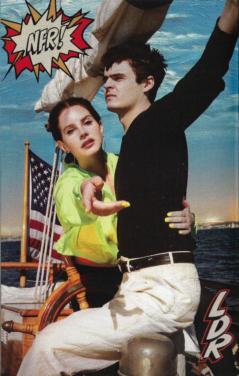
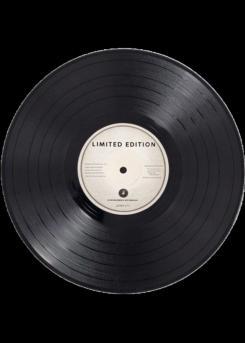

Superfans exist everywhere– whether it be sports, entertainment, clothing brands, or literature. Within the world of collegiate and professional athletics, it’s socially acceptable for your favorite team or player to become an important facet of your identity. However, those who subscribe to “fangirl culture” or are active on “Stan Twitter” (an area of X that is filled with superfans of musicians, actors, etc.) frequently receive backlash for being too obsessed with their favorite pieces or people of media and entertainment. Nowadays, “fangirls” do not solely consume media and casually follow their favorite public figures on Instagram. Instead, members of fangirl culture are willing to travel the world to see their favorite artists, get tattoos of lyrics, and defend their interests on social media.
For all the flack that fangirls receive, fangirl haters fail to see the large impact that arts and entertainment can have on young people. When specifically looking at young women like myself, the positive communities surrounding our favorite artists can help us feel more confident within our own skin, make interpersonal connections, and partake in exciting experiences. Finding and following different entertainment entities allows us to find our place within a larger society that is hyper-fixated on media and culture. I, for one, attribute fangirl culture to the person I am today.
As someone who didn’t gain access to social media until middle school, my dive into fangirl culture started much later than some others'. My first “obsession” was of the band Panic! at the Disco, also referred to as P!ATD. This interest of mine rapidly developed towards the end of my eighth-grade year, and although it may seem crazy, this interest was one of the first things that was truly mine. Throughout my life, I had mainly been seen as “the soccer player.” Although there is nothing wrong with being seen as someone who prioritizes competitiveness, teamwork, and athletics, it felt like the game itself had consumed my identity. People thought of me whenever they saw a soccer ball plastered on a poster, my wardrobe had morphed into tournament t-shirts, and my life on and off the field had started to merge into one singular identity.
Athletics had consumed most of my identity and until the arts came along, I didn’t know that I could be anything else. This P!ATD era of mine started because of a friend who said that they liked the band. However, I had no clue that such a simple recommendation would alter my middle school brain chemistry. Over the course of two years, I found myself digging deeper into the P!ATD fandom. I vividly remember staying up late, watching lead singer Brendon Urie perform his rendition of the Ducktales theme song on The Tonight Show Starring Jimmy Fallon. During the COVID-19 pandemic, I found an online community within Urie’s Twitch livestreams and freaked out when he said “love you” to me on Instagram Live– I still have the screen recording.
Overall, the most important thing that the P!ATD fandom gave me was a sense of community. This era marked my entrance into the world of fan accounts and Stan Twitter. I had an Instagram account with around a thousand followers, and a Twitter account with a few hundred less. I would spend my days DMing with those who shared my common interest, finally feeling like I was able to talk to someone who actually valued and understood my core interests. After I saw P!ATD on tour during my freshman year of high school, these same internet friends were the ones liking my TikToks of tour videos and commenting on my Instagram posts. Even though I was never physically present with any of these friends, we were still able to make real connections through a virtual channel. Although P!ATD has disbanded and I am not active in its online subculture anymore, I still know the words to every song, and I am still extremely grateful for the memories and character development this era of my life gave me.
While some fandoms may seem like more of a phase, there are also intense interests that span years and decades. I have been a fan of Taylor Swift, commonly known as a “Swiftie,” since I was five years old. I would watch her music videos on Country Music Television before I left for kindergarten every morning. Later, in first grade, I won tickets to her Speak Now World Tour by singing “Our Song” on the radio. Not only did this experience help kickstart my love for concerts and live music, but I would continue to be a Swiftie for the years to come. Twelve years later, I went to the Eras Tour before my sophomore year of college. Although Swifties can have a bad reputation, most of us joined the fandom because we admired Swift as a talented and strong female artist and role model. She has encouraged people to speak up politically, leave toxic relationships, and not settle for less than they deserve. Swift’s impact on young people, the economy, and society as a whole is a testament to her large-scale influence. She’s not only an artist– but the face of a generation that millions of people look up to.
Most of the time, fangirl culture is hated because it is composed mostly of with young people, particularly, young women. In a society that is not inherently built for women to succeed, their interests are often undervalued and seen as inferior. However, with the resurgence of “main pop girls” and a continued increase in demand for concerts, I and many others can agree, that fangirl culture is important, entertaining, and here to stay.
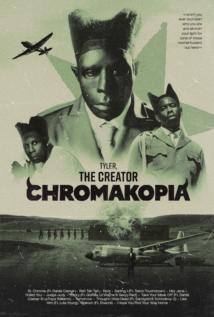





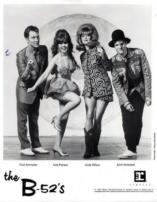




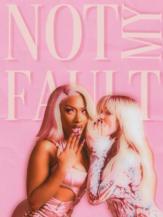

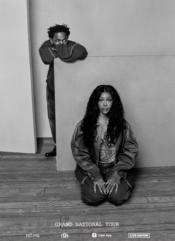




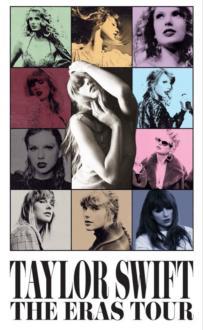
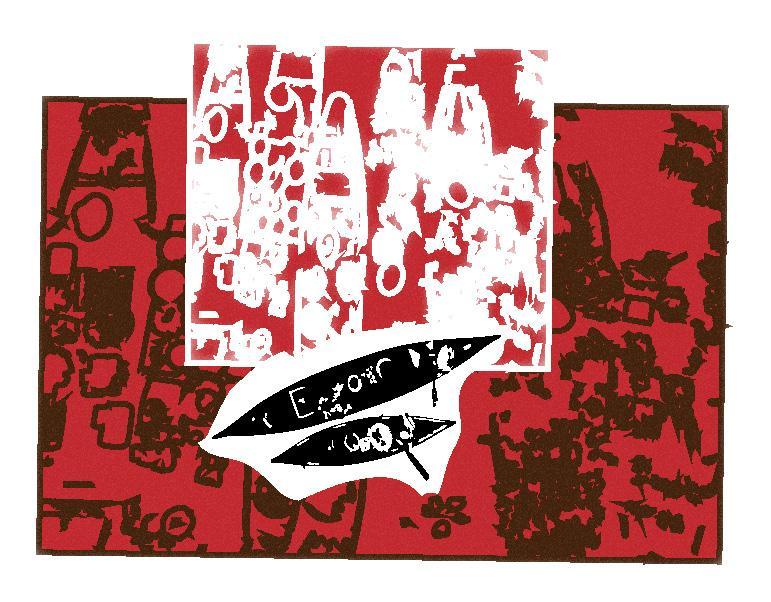
In Bangkok, the city’s vibrance and livelihood parallel its world-renowned cultural landmarks. Iowa City’s culture, however, emerges independently of the usual hustle and bustle. Nitan Tantawichian, a Thai international student at the University of Iowa, hoped her undergraduate experience would swap her big-city lifestyle for the comfort of the American Midwest.
Nearly three years into her international study, her hope to immerse herself in America’s diverse mosaic has been shattered by the ongoing anti-diversity, equity, and inclusion (DEI) regulations of American public universities on both the federal and state levels. Tantawichian grew up studying abroad during her summers, spanning her global upbringing from New Zealand to Singapore. After missing out on a high school exchange experience due to COVID-19 restrictions, Tantawichian was dedicated to finding a unique cultural experience for her undergraduate education.
As an involved Finance and Business Analytics double major at the Tippie College of Business, Tantawichian has taken the change of pace as an opportunity to focus on her studies and take in the diverse, globally renowned American lifestyle she heard about for decades.
"Growing up, I viewed America as a diverse, really great country. Now, I still see America as a very great country, but, like, when you ban the word diversity or DEI, you’re going opposite of what you portray yourself to the world,” she explained.
As a Global Engagement Student Advisory Board (GESAB) member, Tantawichian first became aware of shifting policies around DEI when GESAB began changing language to abide by new state bills.
“I was like ‘oh, something is definitely going on [if we’re] not able to use the word diversity anymore.' To me, it seemed like a very common word,” she said.
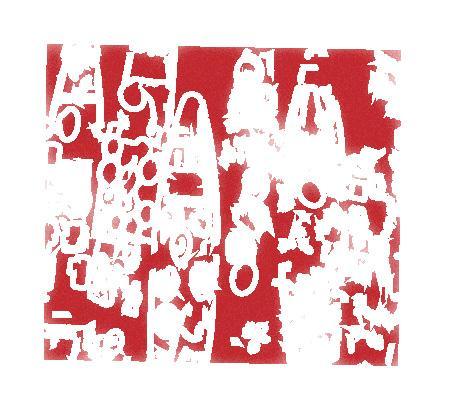
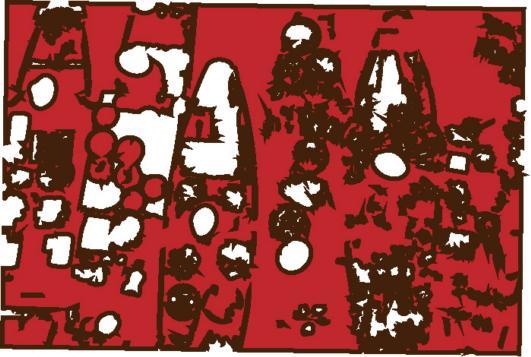
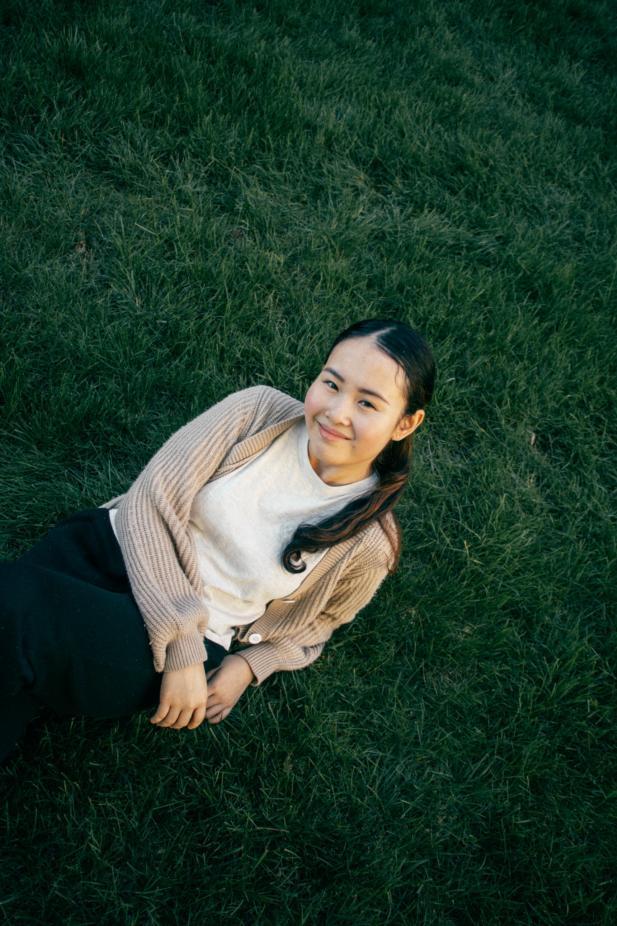

Attempting to keep up with the ever-changing political landscape of the U.S., Tantawichian could not fathom watching some of the nation’s top leaders disparage the very language that allowed her to find comfort in her home away from home. If everyone in this country is a product of immigration, how come acknowledging those varied heritages and backgrounds is looked down upon, she argued.
Even at her on-campus job, Tantawichian aided in editing websites and documents to change the university-wide general education requirement “Values and Culture,” which was renamed to “Values and Society,” amidst rising pressure from the Iowa Board of Regents.
Although the shifting regulations have brought unprecedented circumstances in public universities across the nation, the University of Iowa navigated expressive conduct through a series of legislation in 2019. Amidst student organizations’ free expression concerns, the Iowa Senate passed Senate File 247, a free-speech bill, which established broad free-speech protections on Iowa’s college campuses as public forums—denoting speech as one of the most important functions of these institutions and ensuring the government can only employ content-neutral regulations on students’ expression.
Eric Rossow, the Senior Advisor to the Office of the Vice President for Student Life at the University of Iowa, began his administrative role at the university in April 2020. Rossow traces the 2019 Iowa legislation as the foundation for broad, content-neutral student expression protections on the university’s campus.
“We encourage all student organizations to advocate for their positions—their beliefs—and they all have [the] opportunity to do that,” Rossow said. Along with changing legislation comes broad misconceptions about censorship at the University; however, for Tantawichian—and every other Iowa student alike—this means continuing to advocate for her fellow international peers.
“[Student organizations] all have the ability to express what they value—in adherence with the First Amendment and our campus policies around the First Amendment,” Rossow added.
You can find Senate File 247 at www.legis.iowa.gov and Free Speech at Iowa at www.freespeech.uiowa.edu to learn about your First Amendment rights and protections on the University of Iowa campus.


I tried Mammitas Coffee on a Sunday morning with my cousin Eric, who was visiting me for the weekend. The cafe, a woman-owned business, was colorful and cozy in decor. In comparison to the typical retail spaces of Iowa City cafes, Mammitas is on the first floor of a residential house on S Linn Street. Because of this, I found the place to be quaint and inviting–perfect for catching up with friends. I immediately noticed in the display case were pastelitos, a pastry of Cuban origin. I ordered a guava and cream cheese pastelito and an iced horchata latte with oat milk. The pastelito crust was flaky, and the flavor combination of guava and cheese was incredible. My iced horchata latte was comforting and spicy– delicious. Eric ordered a matcha horchata latte, and chugged it while I devoured my pastelito. Mammitas also sells savory Latin food that I knew I would have to try next time. Tucked in the residential areas of Iowa City, I immediately felt at home during my first time at Mammitas.

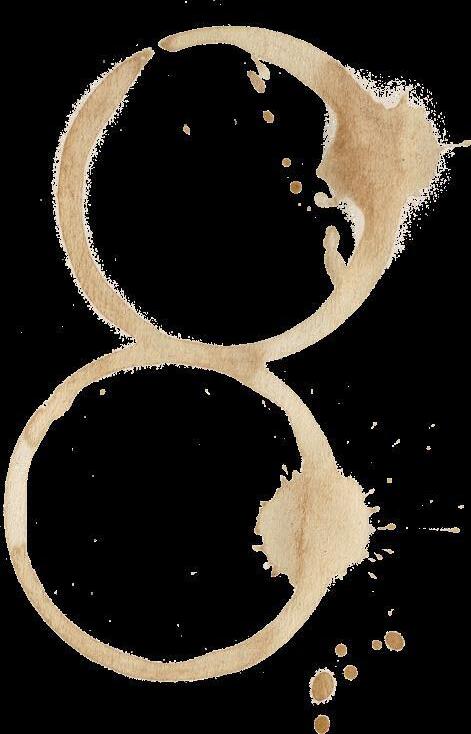

When I found out about a boba shop with a Vietnamese name during my freshman year of college, I was elated to know a piece of my culture would be in the Old Capitol Mall. The B ế p sells a variety of fruit teas and coffee drinks, as well as mochi donuts and street food. Their coffee drinks are my bread and butter. As a Vietnamese person, I’m always craving Vietnamese iced coffee when I’m away from my apartment and in need of a pick-me-up. I find that their coffee drinks balance the perfect amount of bitterness and sweetness. The B ế p Signature Vietnamese Coffee is strong enough to get me through boring lectures or all-nighters. The Cream Brûlée Coffee is another


traditional Vietnamese salted coffee, cà phê mu isn’t your thing, The B for its wide selection of specialty fruit teas– but don’t sleep on the green tea drinks. The Strawberry Green Tea with half sugar is my favorite. Outside of writing, I’m heavily involved with the University of Iowa’s Vietnamese Student Association. Since opening, The B become a staple for our community and has become the backdrop to our college lives. I have created many special memories while proudly drinking coffee from Vietnamese culture at The B ế p Teahouse.



The Encounter Cafe boasts a large dining space with electrical outlets at almost every table, making it one of my favorite cafes to study at. A Mennonite-ran business, the customer service at Encounter is always kind and friendly even when the line to order food is out the door. I have




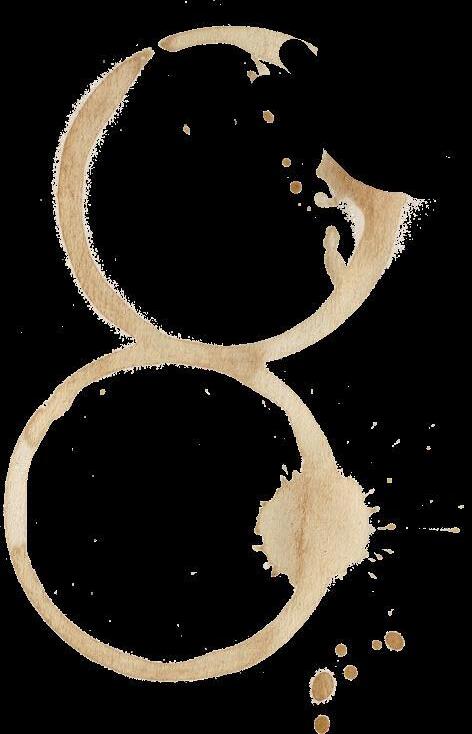

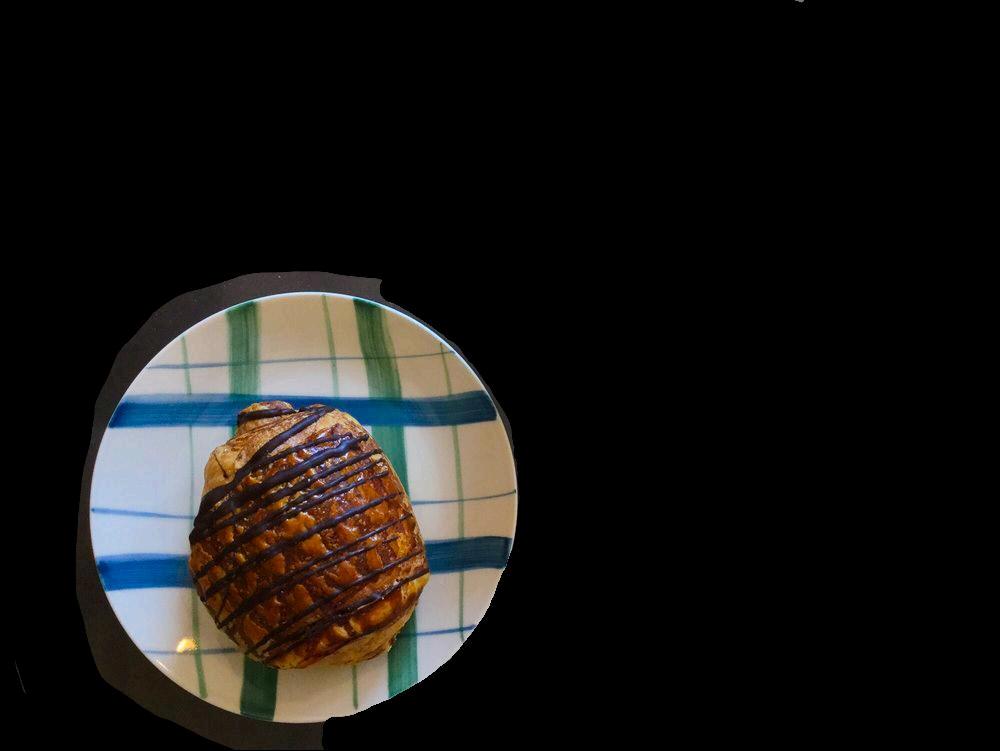
Iowa City’s premier indie bookstore, Prairie Lights, has a cafe on its second floor. As an English and Creative Writing student, I have spent hours at the cafe organizing my portfolio and reading assigned short stories. Prairie Lights is one of my favorite places to lock in as I do work, as almost everyone there is on their laptops, which motivates me to be productive too. My go-to order is the Black Rider with oat milk, which is their specialty cappuccino with salted caramel and vanilla. I am usually an iced coffee drinker, but the Black Rider is just that good. Prairie Lights also has a variety of pastries, and I still dream about one I ate that was topped with berries, lemon curd, and powdered sugar. My favorite thing about the Prairie Lights cafe is drinking coffee amongst books and writers. There have also been times when I was not charged extra for ordering with oat milk, so their baristas are definitely some of my favorites. A mainstay in Iowa City culture, the Prairie Lights Cafe is the backdrop to earning my degree.

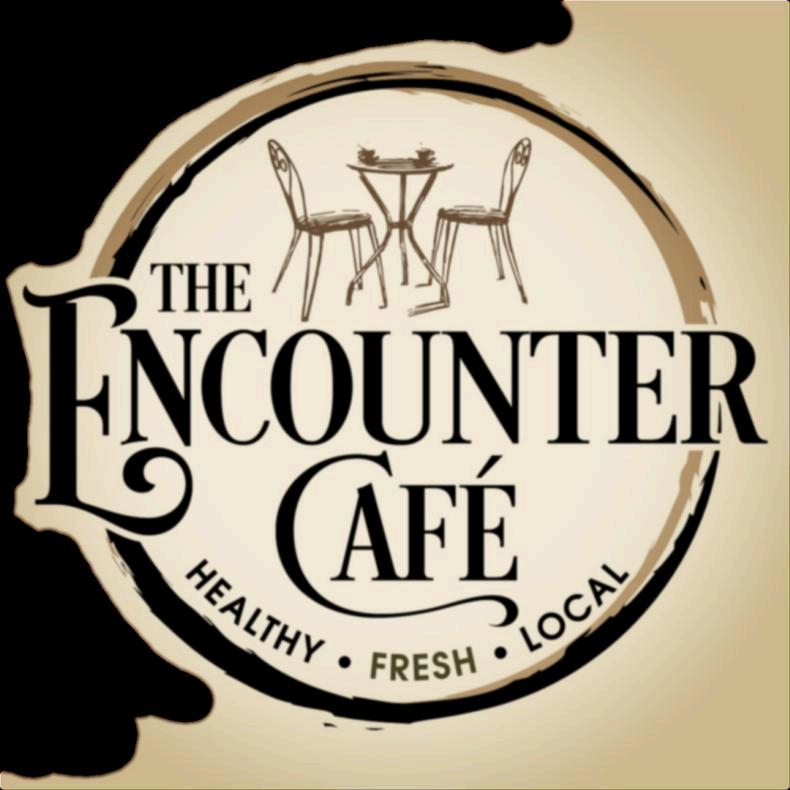




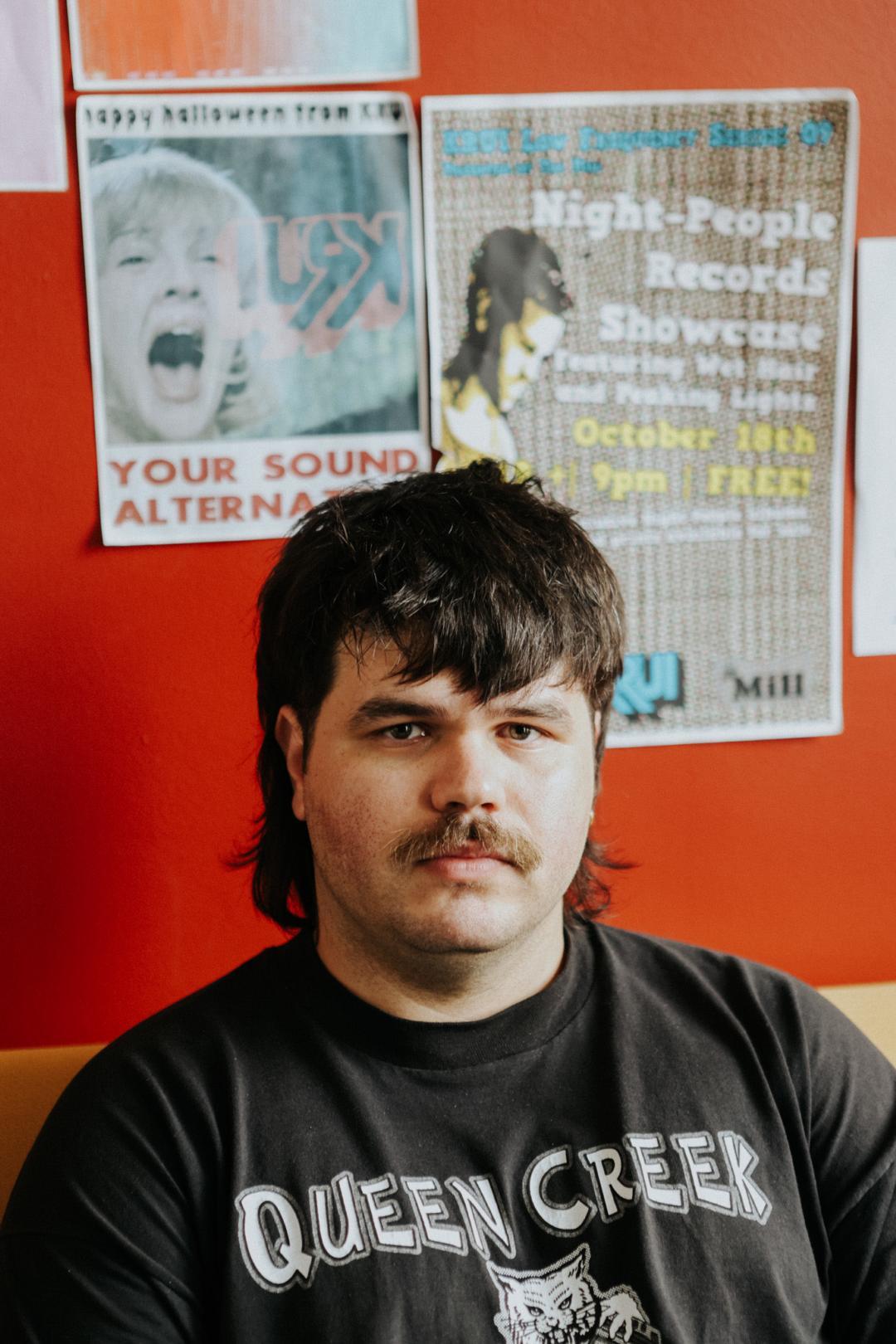
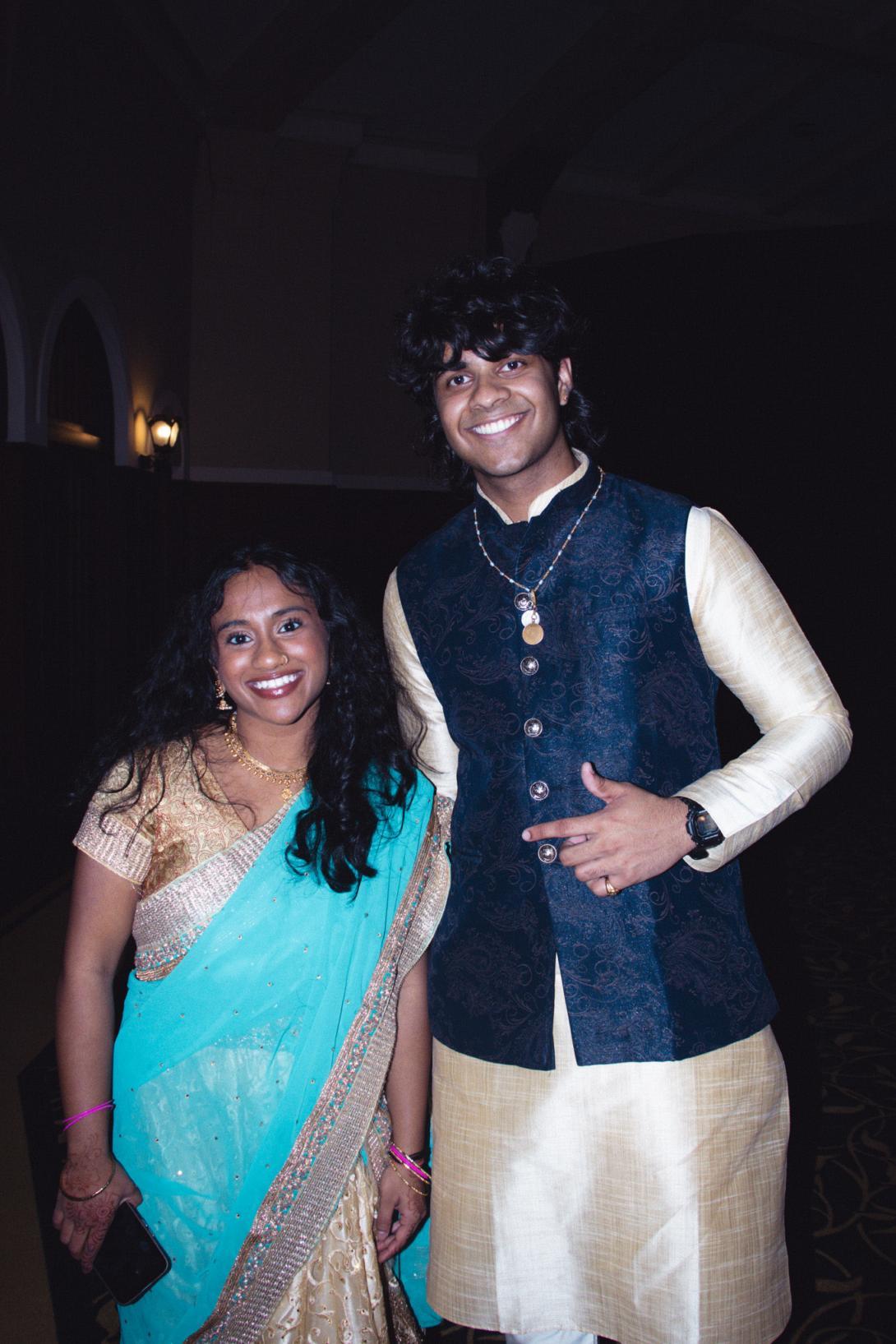
















I had first heard about Berghain in myth. My friend Ben had told me rumors about all the eccentric and debaucherous things that take place in the Berlin techno club’s walls, added to by the notorious exclusivity to get in. That mythos is what made it one of the most popular techno clubs in the world. When I was there last summer during my study abroad program, I decided to try to get in on one of my first nights there.
I met my friend Lex from Iowa City that night outside a planetarium. Our trips weren’t planned together– they had just so happened to overlap. Lex had met me there with two people from Melbourne, Australia, Marcus and Tom, whom they had met at the hostel where they were staying.
It was around 1:00 a.m. when we arrived at Berghain’s building. Its tall, brutalist architecture was obscured by trees. The line to get in stretched about 100 meters away from the front door. We decided to wait and try to get in because it was a gorgeous night, and we had nothing better to do. The line was filled with people dressed in what you would think were stereotypical rave outfits: mesh, fishnets, knee-high boots, leather straps across their bodies. There was no color on their garments; it was all black, and nothing stood out.
I had on dark cargo pants and a pale green crop top. The rest of our group matched the crowd better. As we stared down the line that inched forward ever so slowly, it seemed like about half of the people were being turned away. The building only has a capacity of 1,500, so turning down some people out of everyone who wanted to go was necessary to avoid crisis. The idea of who was worthy enough to be let inside, though, creates a level of exclusivity, building onto its mystery.
When we got to the door, it’d be a coin flip. By that time, the first blue glows of sunlight started to peek along the horizon. We split ourselves up, thinking it’d be an easier tactic to get in. Lex and I went first. There were three men at the front who looked us up and down, glanced over at one another, and then looked back at us. After about ten seconds of silent deliberation, they let us through. We watched the security camera behind the door frame and saw the same process unfold for Marcus and Tom.
Inside, it was immediately dark, with only the ground lit up in fluorescence. We had to empty our pockets, get searched, and cover our phone cameras with stickers to protect

other club goers' privacy. The security guards checking us were comically rude and condescending, upset over the smallest infraction, like how I set my keys down on the table.
After paying, we went inside. We went through a quiet area with a mezzanine and climbed up three stories through the cavernous guts of the old power plant towards the main floor. It was loud. The whole night featured an especially pummeling noise of hard techno, only briefly letting up for more melodic moments. The main floor was expansive and packed with people rolling in their own form of metaphorical ecstasy. Beams of light panned across the waves of people while smoke machines made it dense with fog, so much so that it was hard to tell what was in front of us.
It was hard not to get entranced by the immensity of the unrelenting senses. Marcus had quickly broken into a bobbing dance, and the rest of us followed. It remained like that for a couple of hours, the only change being who moved around us and who we moved through. Everyone walked quickly by– no one ever really stayed. You couldn’t talk to people over the tireless noise. Human interaction was mostly reduced to a couple of moments dancing with one another. There is something magical about those boundaries falling between people, but it still felt like there was an invisible constraint withholding everyone from each other.
Lex had to leave early to catch their flight that would bring them back to Iowa City. Marcus, Tom, and I decided to leave with them to say goodbye. When we stepped out, it was bright with the morning sun. As we walked the path back to the hostel, we saw people leaving for work. It was the strange threshold of where some people’s nights end, and where other people’s days begin. The three of us decided to go back to Berghain for a couple more hours after Lex made it to the airport. The men at the door, now without a line, checked our wristbands and let us back in.
When we got back up to the main floor, it instantly went back to night. For me, fatigue had been well set in from being awake for over 20 hours. I branched off from my friends and explored the side rooms of Berghain. It felt much more mellow. There were rooms where people lounged as they nodded to each other’s minimalist conversations and smoked cigarettes. It wasn’t the drug-infused cesspit people alluded to. There were glass tables with cocaine and people with pills or paper sitting on their tongues, but it was nothing I hadn’t seen before.
I wandered through more of the infamous darkrooms– spaces designated for sexual encounters between club goers. There wasn’t much activity going on in there. There were occasional instances of public nudity inside, but nothing much outside of some bartenders and a couple of the patrons. Compared to the image built up in people’s heads, it felt tame. Berghain, more so, felt like just a massive club where there was more decadence, but only in the sense that there was more space for it, not an increase in concentration.
I laid on one of the couches on the upper levels listening to people's conversations in different language and the distant thump of music. I was looking at the silhouette of
some guy's liberty spikes in front of the red-orange, purply glow of a nearby stained-glass window, and just let the scene absorb through my still body. Marcus and Tom found me, and I walked downstairs to say goodbye to them. It was the strange goodbye where we likely would never see each other again, but were able to wallow in the brief but good memories we had just shared.
The music continued upstairs, and even with my drained body, I decided to dance a little more to soak in the environment one more time. Among the few and more faded figures, I ran into someone from New York. Under the burgeoning beats, we shouted into each other's ears about our lives for around half an hour. She left not too long after. I looked around and saw the glossy eyes of people in the darkness. There was no one else around me. It felt empty, so I walked back to the apartment I was staying at and fell asleep. I didn’t wake up until 5:00 p.m.



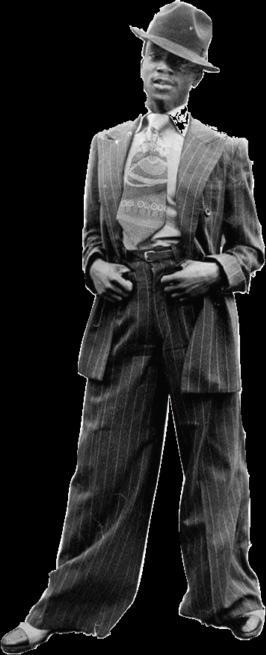
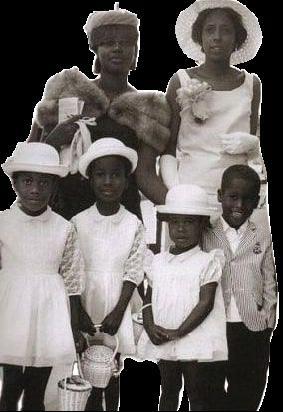
By Camille Hubly

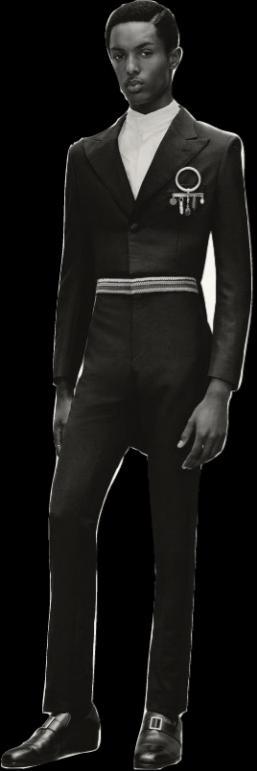

In America, the earliest elements of Black fashion were not rooted in style alone. Black fashion in early American history stemmed from enslaved African Americans wanting to express their cultural roots despite America trying to erase them. The garments given to them at the time were tattered at best, but even so, personal expressions of identity bled through. Enslaved Africans would use head wraps and style them in different ways that symbolized the different tribes or places they had come from. As African
Americans began to receive freedom from slavery, they began to play around more with fashion. This led to a popular movement called “Sunday’s Best,” where those in the Black community would don their finest garments to express their newfound freedom. Another significant period of early Black Fashion came in the 19th century, when the Harlem Renaissance rolled around. What made this period so significant in the history of Black fashion is that in it, a huge swell of creativity and artistic expression was born in the Black community. This era birthed the iconic flapper aesthetic, the long jacket and high-waisted pant combo that became the Zoot suit, and the use of bold colors and patterns that paid homage to African culture. The impact of this period cannot be understated.
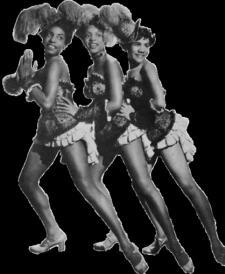
The Civil Rights Movement was proof that fashion could be utilized for more than just personal expression– it could be used as a weapon. Clothing during this period became a symbol of resistance against racism and could be looked at as a uniform of sorts– a group that exemplified this notion was the Black Panthers, a Black power political organization. Members of the Black Panthers would sport black pants, leather jackets, and berets, to show unity in their fight against racial inequality. Along with this uniform, members would wear their natural hair, as styles such as the afro went against what society deemed as “appropriate.” Even if not a member of the party, African Americans still displayed their own versions of everyday rebellion through clothing. Wearing garments such as the dashiki, a colorful covering that represents African roots and culture, or an afro pick worn in the hair, were just some of the ways African Americans challenged mainstream fashion. This period excellently exemplifies how Black people have often often forged their own paths in the fashion industry.
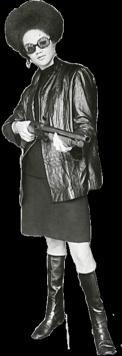
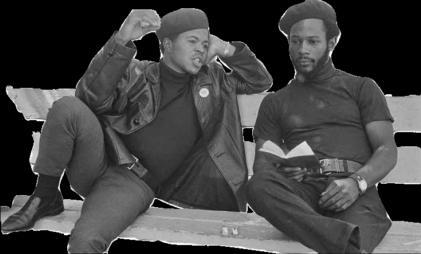
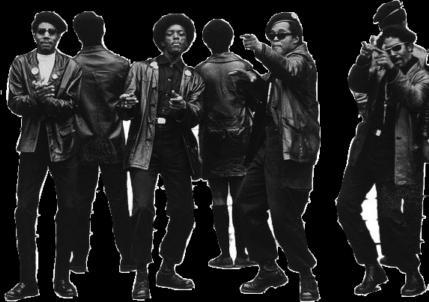
I can easily go on and on writing about the mark Black people have left on the fashion industry, and where we see their legacy today. Black fashion is all around us, continuing to push boundaries and influence what we see people wear every day. Streetwear and statement jewelry are just a few popular trends rooted in Black culture. It’s hard to classify streetwear as just a trend, as it has been at the forefront of popular fashion for years now. The Black hip-hop community is one of the groups where street style originated. Artists of the 80s were experimenting with new sounds and musical styles, so it only made sense that the fashion they were sporting reflected that innovation. Things like baggy pants, sneaker culture, and the rise of monogram prints on luxury clothing all stem from a street style that the Black community popularized. Statement jewelry is a commonly seen accessory today that also finds a big part of its history in Black culture. Hoop earrings, for example, originated in ancient civilizations but resurfaced in the 60s amongst African American female fashion, as many saw the jewelry as a symbol of empowerment. Another staple accessory popularized by the Black community was the gold chain. While also worn throughout history by various cultures, the gold chain’s mainstream popularity came when it was worn by Run DMC, a heavily influential 80s rap group.
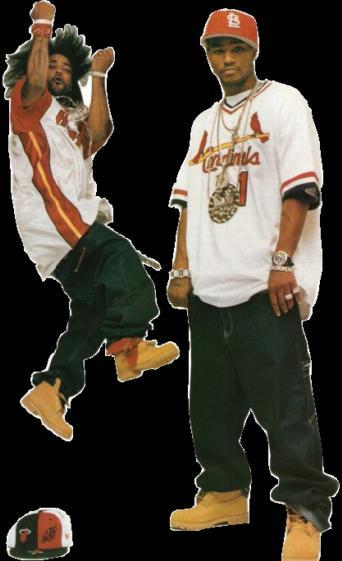


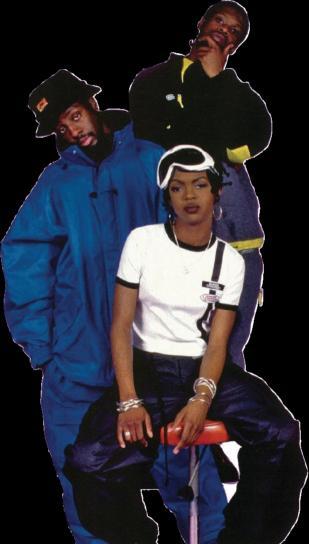
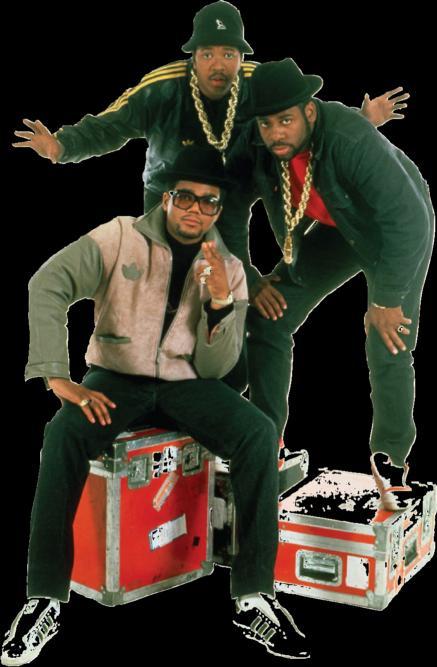
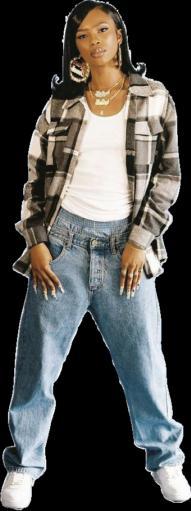
The publication Ebony Magazine was a huge player in influencing Black fashion. The magazine went hand-in-hand with a fashion show called the Ebony Fashion Fair Show. The publication served as a platform to exhibit Black art, culture, and successes. It was common for pieces, trends, and designers featured in the magazine to experience a significant growth in popularity after appearing on its pages. The magazine and fashion shows have played a big role in introducing and inspiring Black communities to embrace and see themselves in luxury fashion.
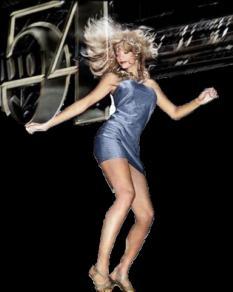
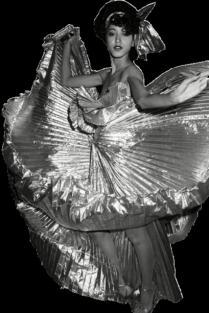
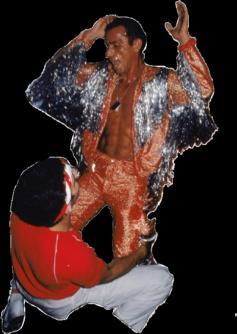
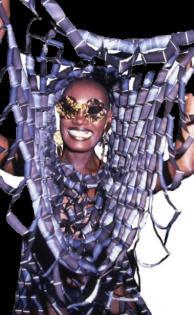

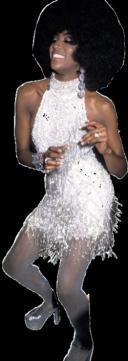
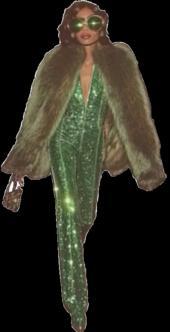
Known as one of the most boundary-breaking supermodels in the fashion industry, Naomi Campbell has solidified herself as a need-to-know name in Black fashion history. Naomi was the first Black model to appear in numerous luxury fashion magazines, opening the door to hundreds of other aspiring Black fashion models.
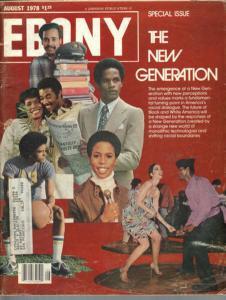
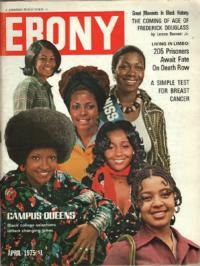
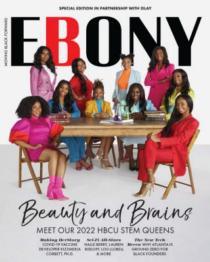
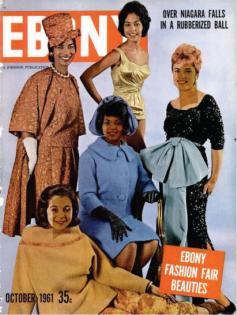
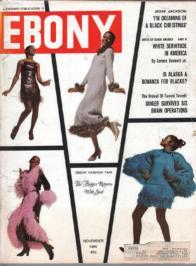
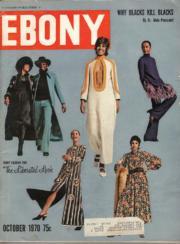
Studio 54, a nightclub opened in 1977, had just a three-year run but cemented itself as one of the most iconic disco clubs ever to exist. Though people across all backgrounds and identities attended, the club holds significance in Black culture due to the safe space offered to members of the Black community, allowing them to express themselves through dance, fashion, and art. Many dancers at this club were also scouted as models for the iconic Ebony Magazine.
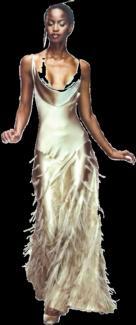
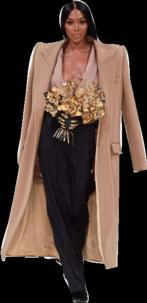
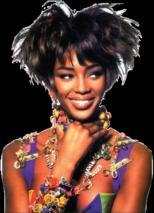
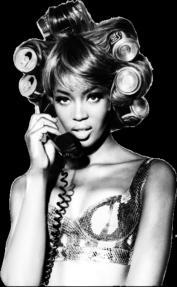
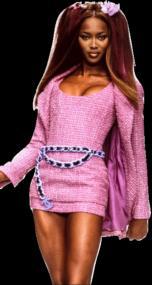

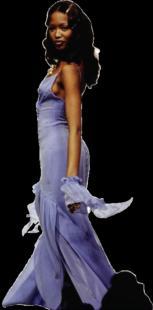

Virgil Abloh
Virgil Abloh founded the fashion label Off-White and was the former creative director of Louis Vuitton Menswear– and that only scratches the surface of his impact on fashion! Abloh was often at the helm of huge movements in the fashion world, as his experience as a creative outside fashion was rooted in projects of music and art. He is cited as a fashion figure who blended streetwear and luxury fashion, making a style once deemed as less than something a trend even the upper echelon wanted to participate in.

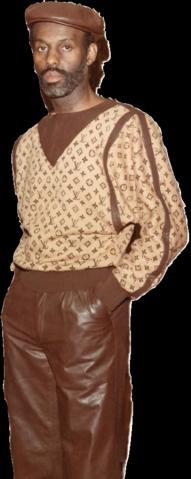
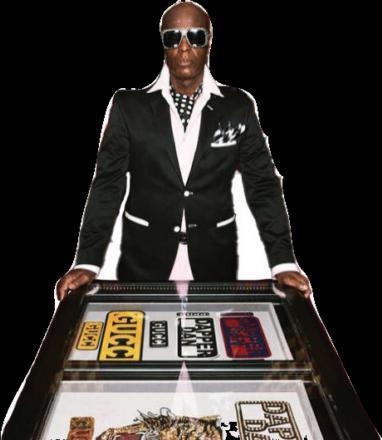
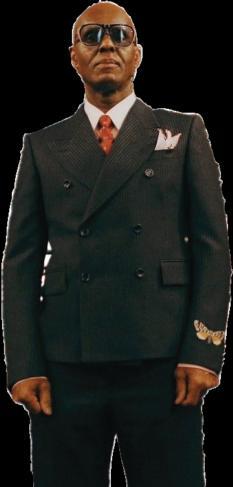
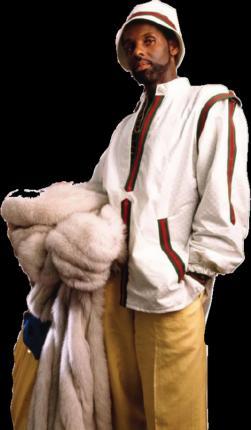

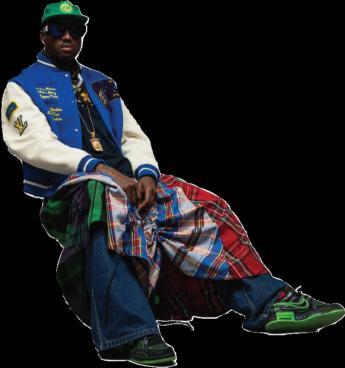
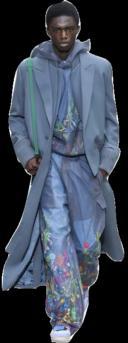




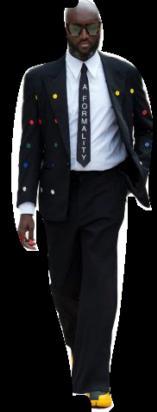
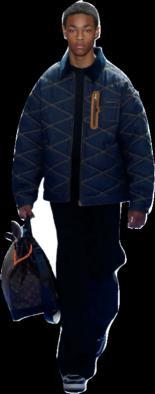


Daniel Day, more iconically known as Dapper Dan, rose to prominence in the 80s. Known as the one who brought logo use to the forefront of luxury fashion, his impact on fashion is monumental. During his rise to fame, he opened his store Dapper Dan’s Boutique in Harlem, New York. The store brought in all types of big-name customers such as Jay-Z, Salt-N-Pepa, Beyoncé, and Missy Elliot– just to name a few. Many hip-hop stars cite Dapper Dan as being extremely influential to the streetwear style sported by many artists in the genre. Dapper Dan’s work in fashion was both influential and challenging in the way that he redefined what luxury fashion could look like.

There is no better way to end the conversation about the impact of Black fashion on culture, than looking at this year’s theme for fashion’s biggest night. Met Gala Monday is known as the day fashion takes center stage in pop-culture conversation. The Met Gala and its yearly themes have allowed culture to look at fashion and understand that the two are always in conversation with each other, creating a deeper understanding of how garments can be a vessel of learning. This year’s theme, “Superfine: Tailoring Black Style,” is directly in conversation with Black history. The theme is inspired by Monica L. Miller’s book, Slaves to Fashion: Black Dandyism and the Styling of Black Diasporic Identity. Black dandyism is a term used to describe the style of Black men who prioritized style and fashion as a means of both expression and resistance during a time when society actively discouraged such things from the Black community. The theme is meant to dive into the style of Black Dandies, and their style starting in the 18th century to present day. At this year’s Met, the dress code is “Tailored for You," and we saw how Hollywood’s biggest names sported fabulously fitted and creative takes on menswear.
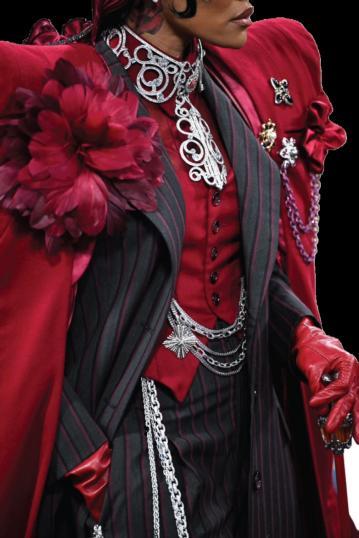
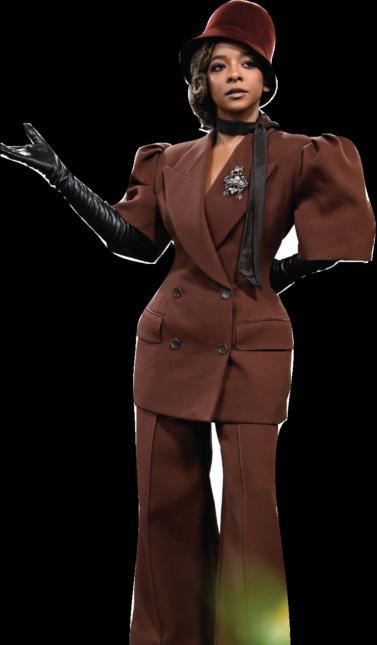
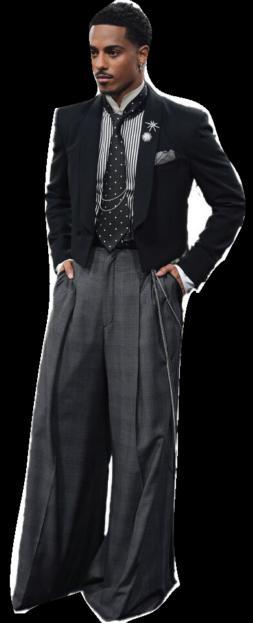
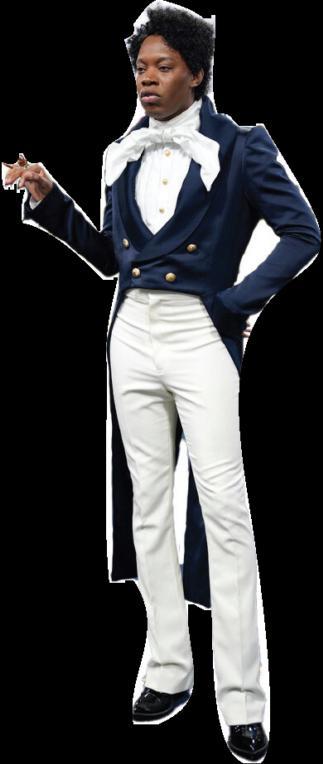
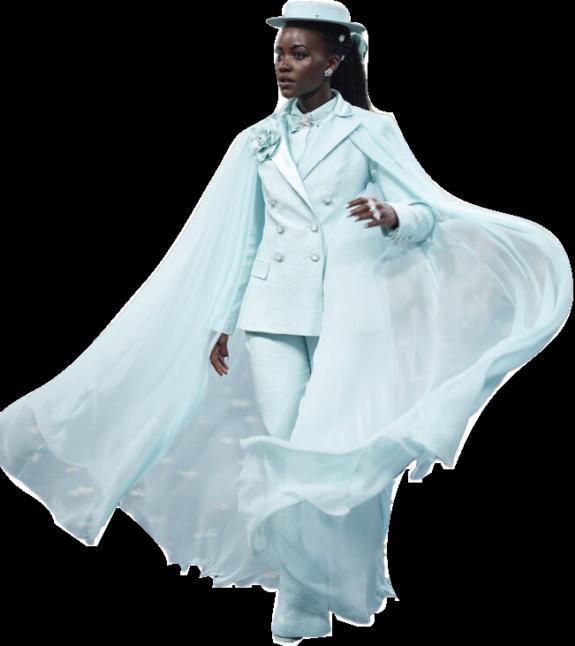
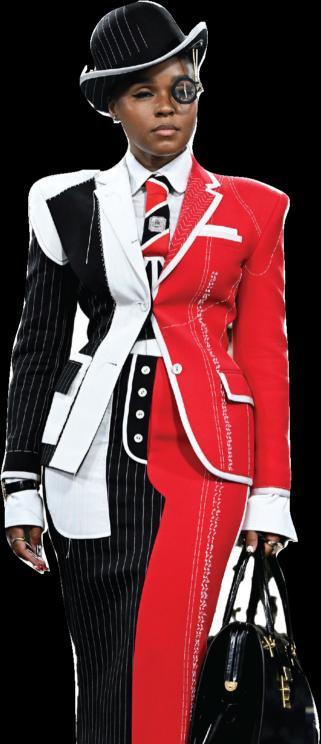
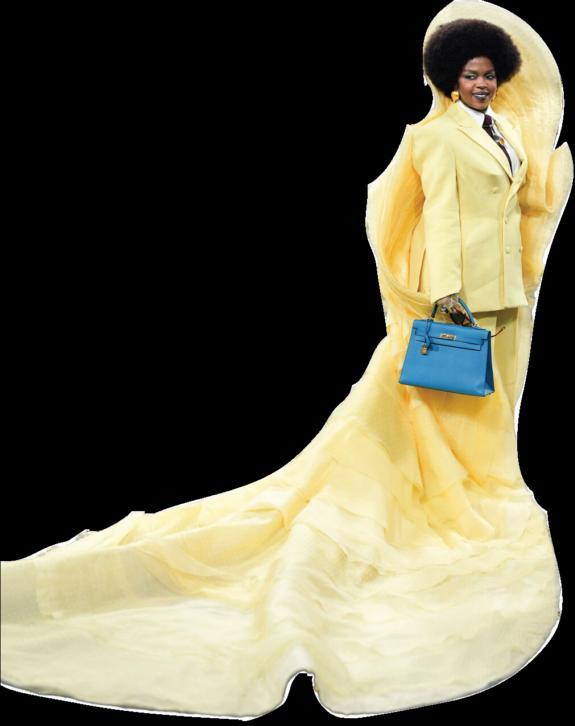
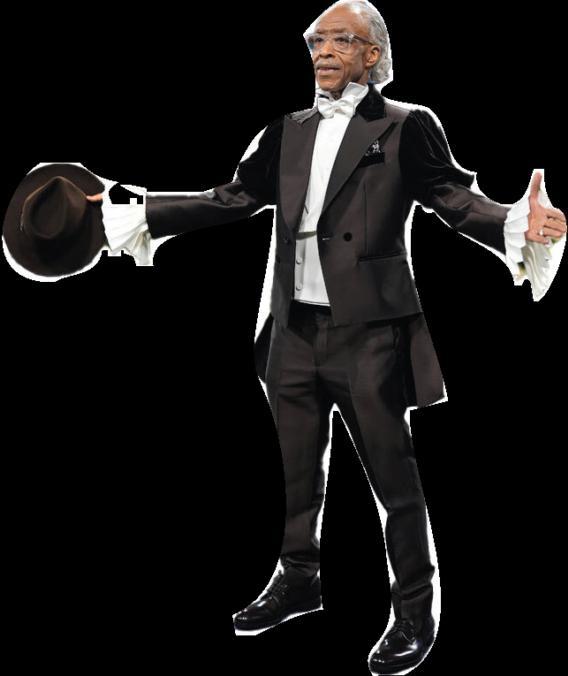
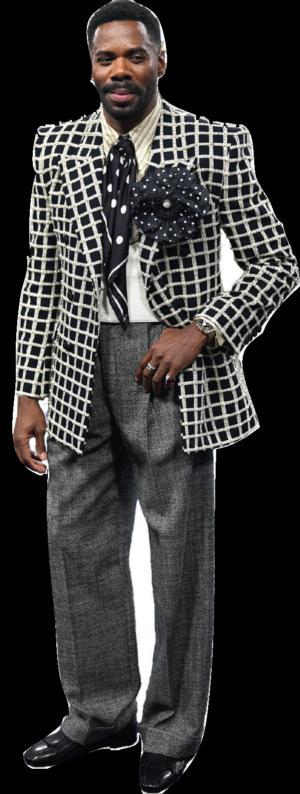
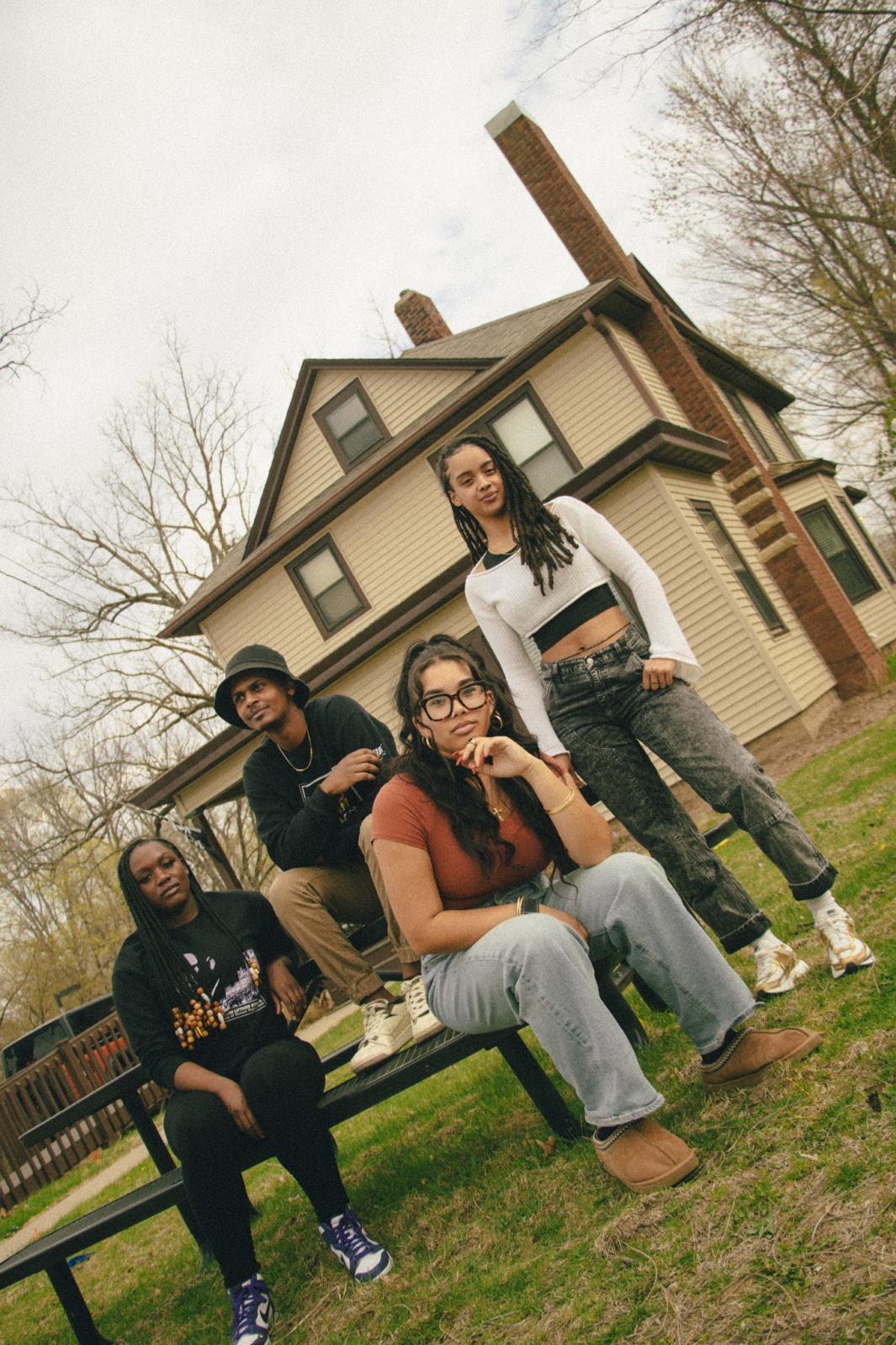
By Aspen Suthers
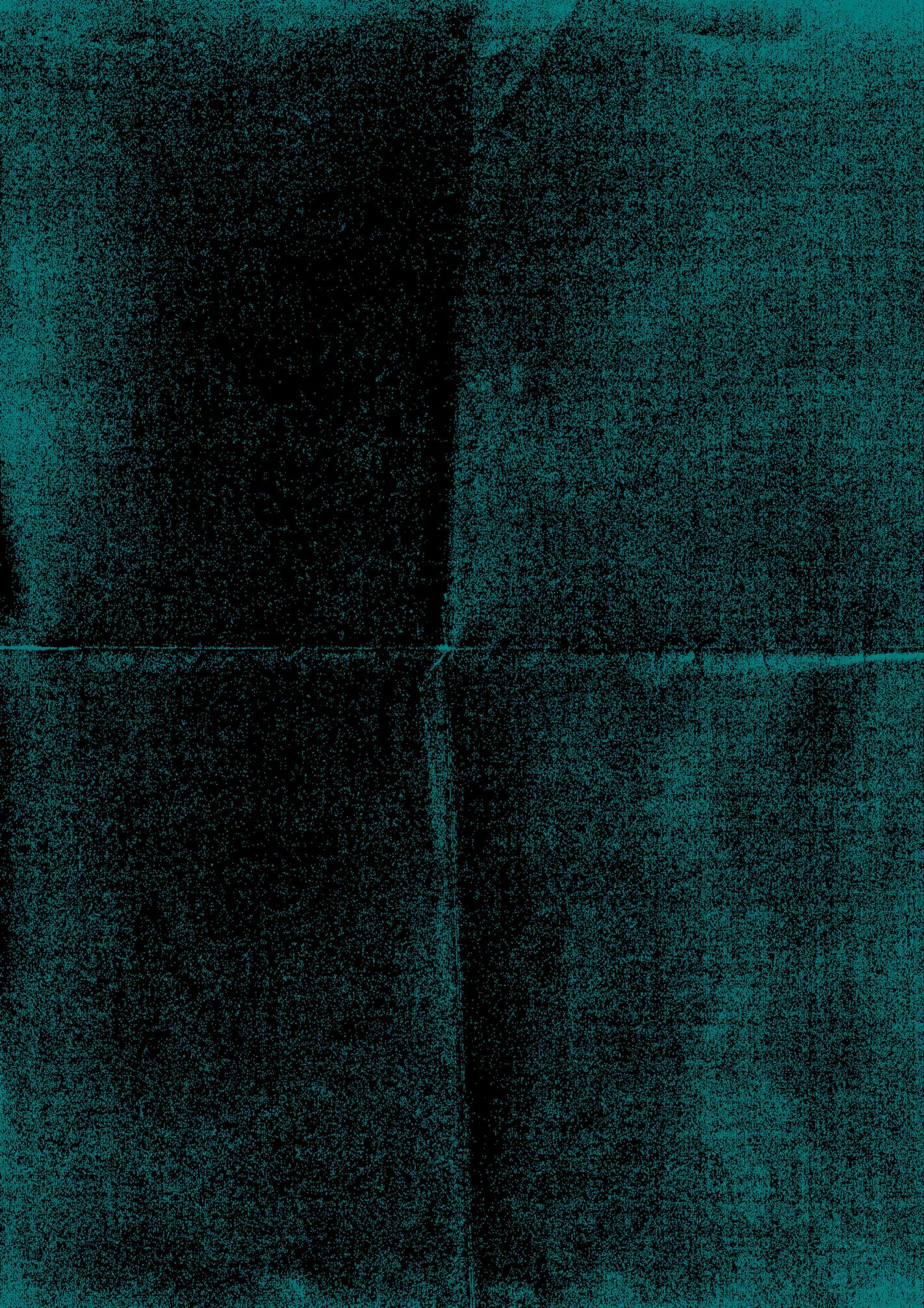
Whether you’re an Iowa native or new around here, it can be easy to overlook our state’s many cultural opportunities, many of which can be experienced for little to no cost. A great way to escape boredom and explore new parts of Iowa is through its museums. Cultural museums in Iowa provide fun opportunities for the community to gather and celebrate different identities and offer unique experiences that engage with both urban and rural perspectives. Museums provide easy means to learn through tangible objects and authentic narratives, making it great for anyone to participate. Below is a guide to visiting cultural museums around the state of Iowa! Think of it as a potential map for spending a spare afternoon.
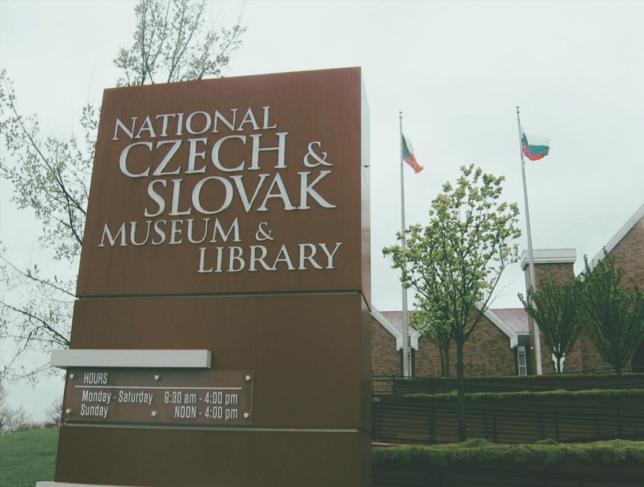
One highlight of Cedar Rapids is the Czech Village, a unique place to spend an afternoon eating, shopping, and immersing yourself in local Czech culture. The village boasts the Czech Museum, and its self-described mission is to connect the global community with universal themes of identity and culture, encouraging lifelong learning and exploration. The Czech Museum is a great nearby opportunity that offers frequent community events and special exhibits. In addition to a Czech book club, cooking classes are offered to the public, featuring both classic and modern Czech and Slovak dishes. The museum’s collections cover a variety of topics, spanning from history and politics, immigration, folk art and costumes, religion, music, agriculture, and genealogy. Current and upcoming exhibits on display include “This Glass World,” “Bohemian Decorated Porcelain,” and “Roma Foto Projekt." The National Czech & Slovak Museum and Library is open daily until 4 p.m. and offers a student discount.
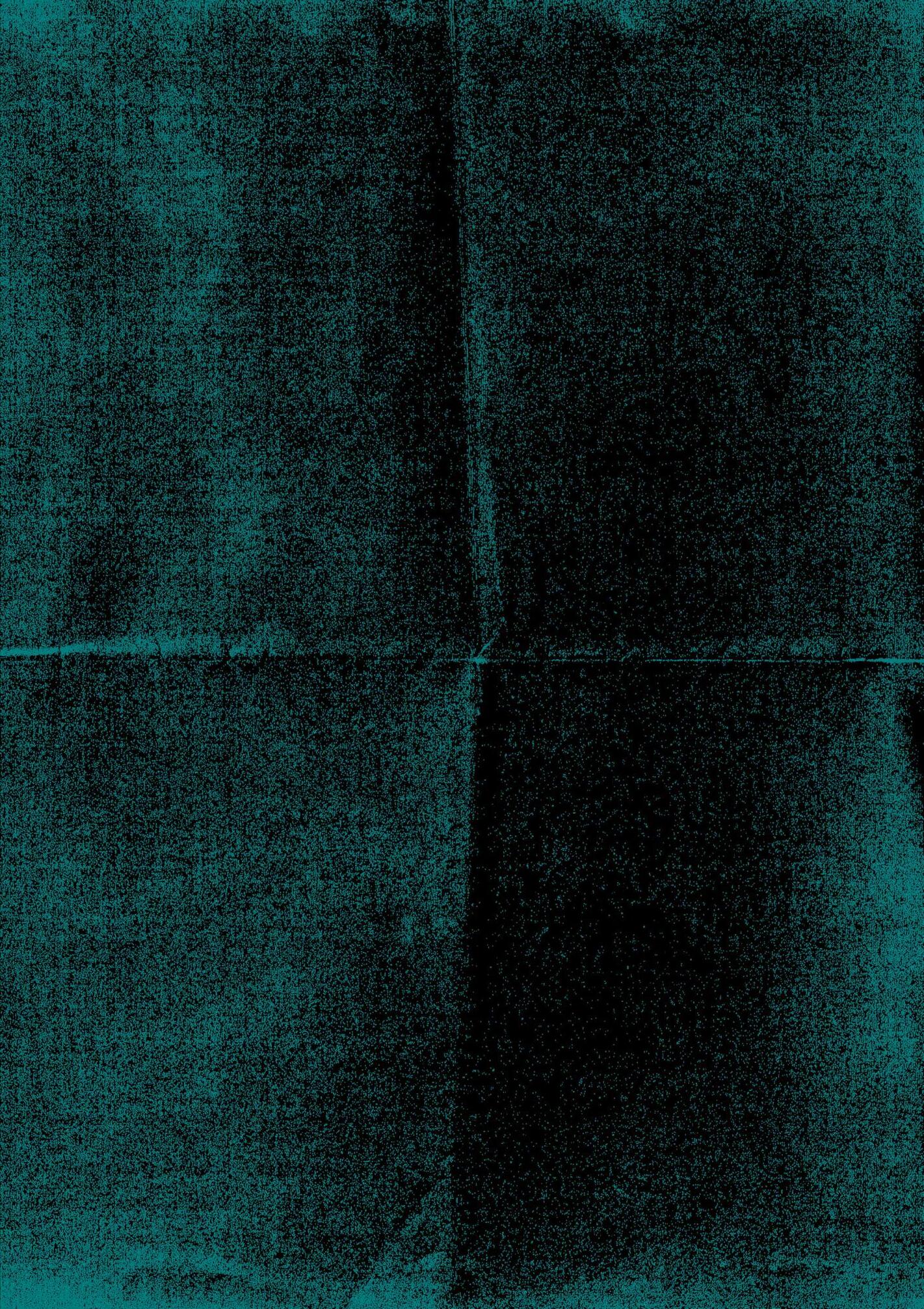
Another excellent point of interest in Cedar Rapids is the newly renovated African American Museum, located just down the street from the Czech Museum. The museum’s mission is stated as “preserving, exhibiting and teaching African American history within Iowa,” and it hosts a calendar of events including discussion panels and offers a space for community members to engage in meaningful discourse about local culture. The museum’s current featured exhibit is titled “Racist Things: Hateful Imagery in the American Home,” which uses contemporary artifacts to engage with racist narratives and symbols entwined with American decoration. The African American Museum of Iowa is open until 4 p.m. Tuesday through Saturday and offers $5 discounted tickets for students
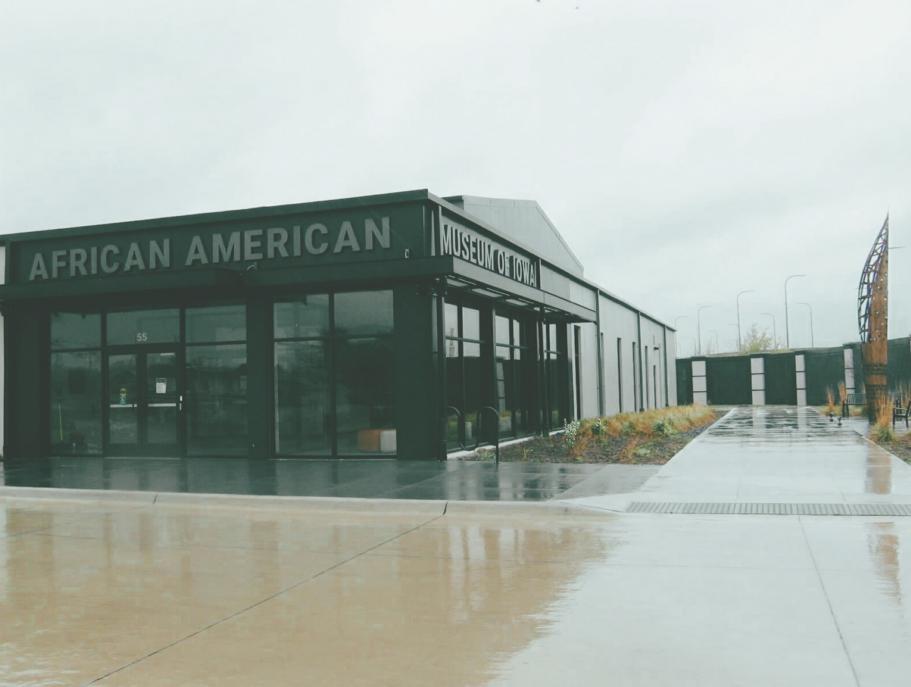
In the western Iowa town of Elk Horn, the Museum of Danish America aims to document the Danish American experience along with the past and present influence of Denmark and Danish immigrants on American identity. This museum offers community programming, with public opportunities to learn more about Danish culture, and its ongoing exhibit, Danish Ceramics: Beyond Blue and White, teaches visitors what makes Danish ceramic art uniquely Danish. The exhibit presents a candid view of art movements throughout recent history and explores blue and white porcelain and its various impacts on the Danish ceramics industry. The museum's upcoming exhibit, brought by the art exhibition of the Arctic South, titled “Lay Off the Land: Nordic Narratives,” features depictions of Nordic landscapes spanning collage, sculpture, and video. The Museum of Danish America is open Monday through Saturday from 10 a.m. to 4 p.m. and Sunday from 1 to 4 p.m. They do not have a listed student discount, but do offer discounts for EBT cardholders and military members.

The Meskwaki Nation of the Mississippi has been operating the Meskwaki Cultural Center and Museum in Tama since 2010. Exhibits include authentic artifacts passed down from native Meskwaki residents in the area, and displays feature arrowheads, pottery, tools, clothing, photos, jewelry, and more— all documenting the rich history and significance of the midwest Meskwaki culture. Visitors can participate in free educational programs, tours, workshops, and presentations. The museum's goal is to provide visitors with learning opportunities to aid in preserving Meskwaki history and traditions. The Meskwaki Cultural Center and Museum is open Monday through Friday from 8:30 a.m. to 4 p.m.
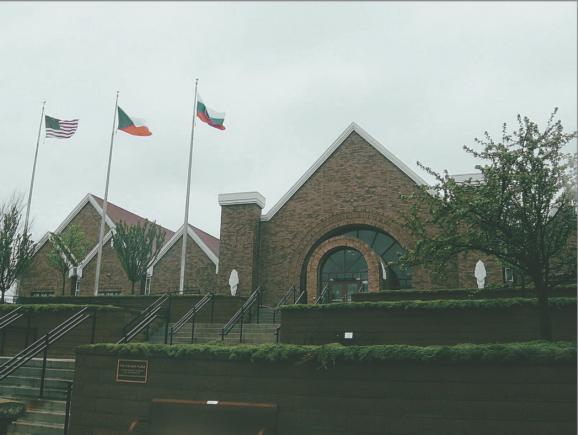
In Southeast Iowa, the small town of Swedesburg is home to the Swedish American Museum. Swedish immigration to Southeast Iowa marked the first Swedish settlements in the Midwest, and as home to these original settlements, the museum’s goal is to preserve and celebrate Swedish-American stories. The museum features an array of artifacts from the mid-1800s and on, and offers festivals, food, and historical exhibits throughout the year for anyone curious about the Swedish-American community. The Swedish American Museum is free to visit and open Thursday through Saturday from 12 to 4 p.m.
P.S. The giant Dala horse in front of the museum makes for a great photo op!
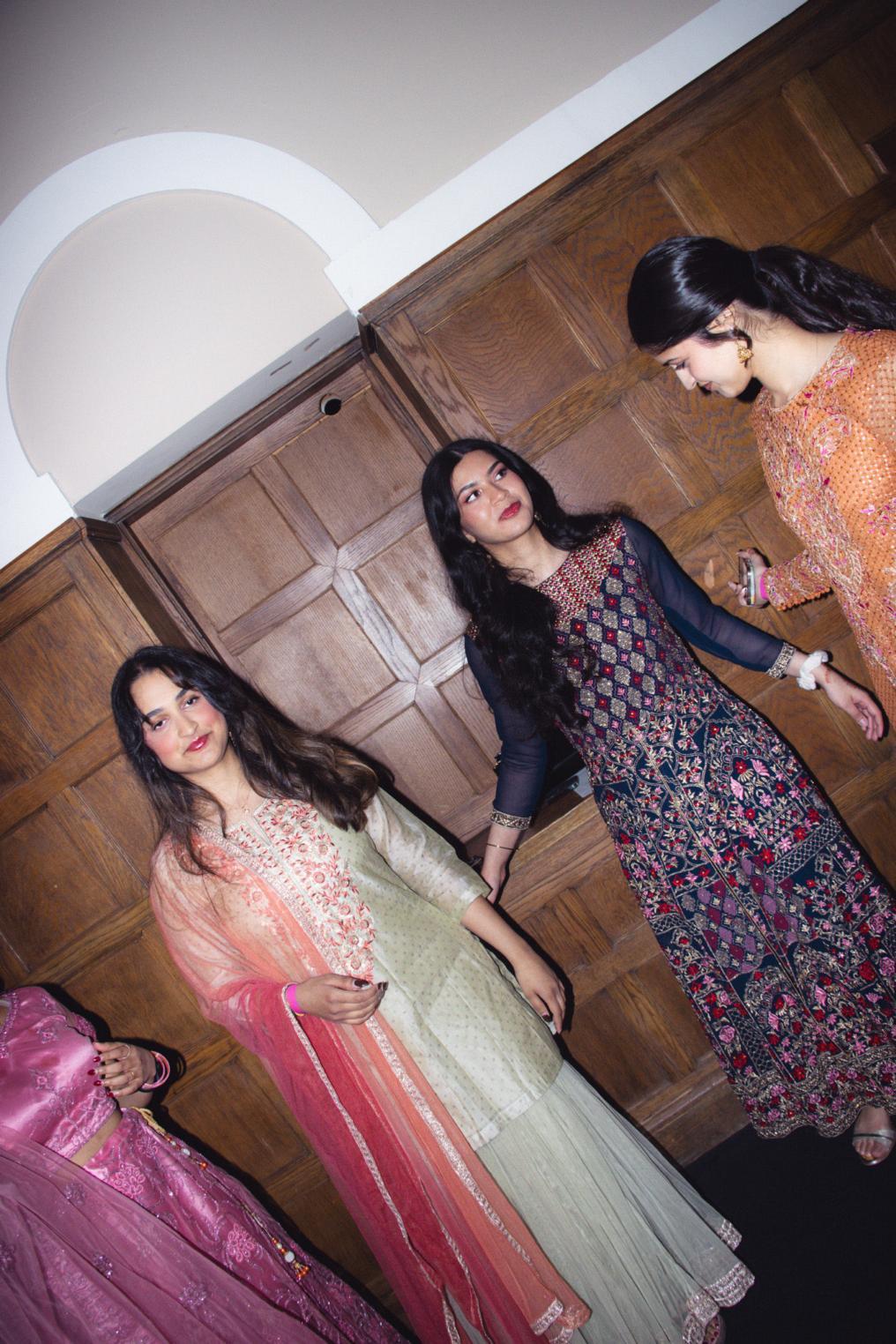
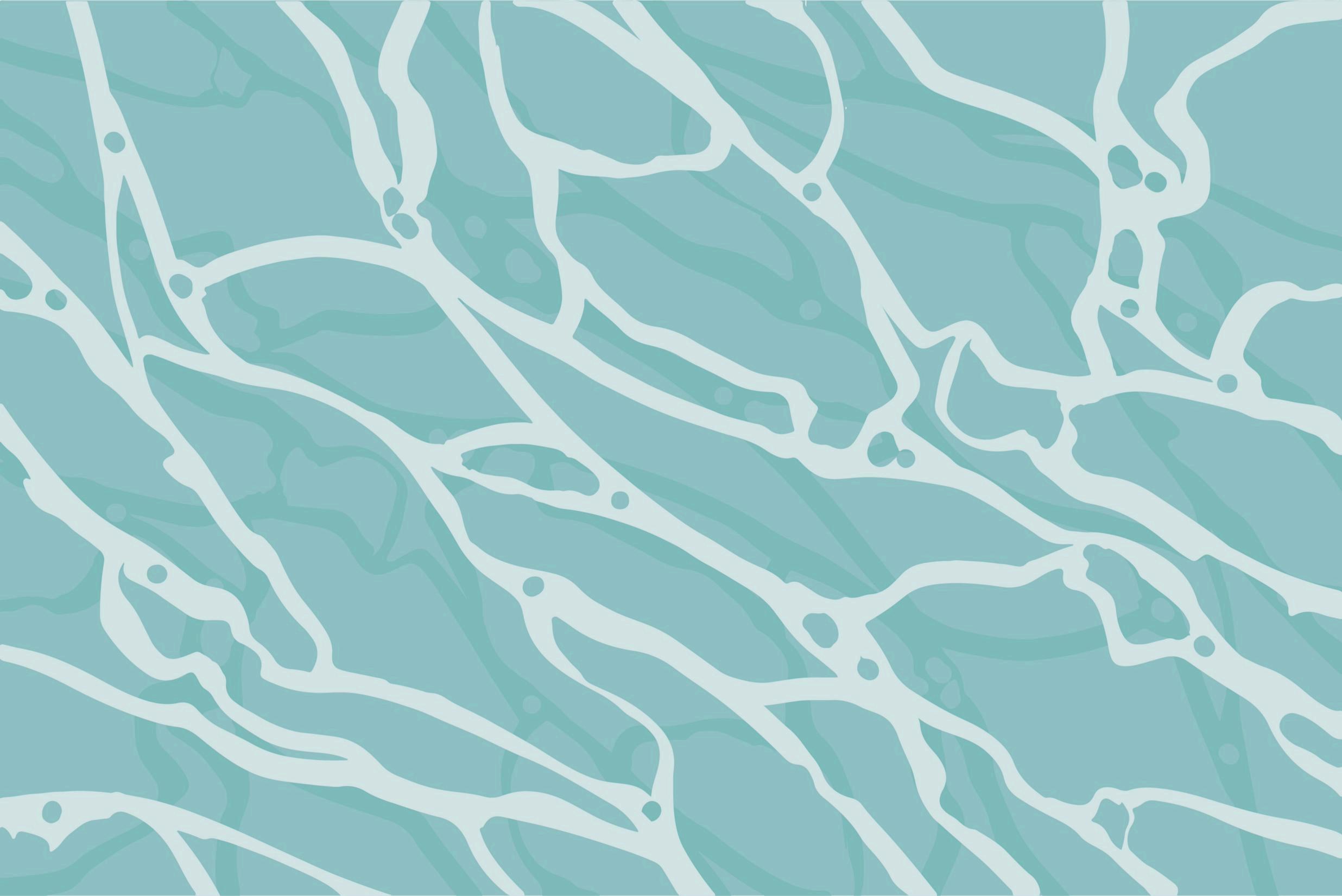

Today, 8/13/22, is a Saturday. I am 18 years, nine months, and 12 days old. I am excited because there are only 287.7 miles that lie between me and my first taste of adult life– a young woman living on her own in a town 15 times the size of this one. I will officially take a breath of fresh air in an environment not contaminated by the past.
I can't escape the feeling of constriction that those five familiar lakes wash over me with every splash of a wave against the shallow shoreline. I can't swim away fast enough as the tide pulls me closer, whispers of my family begging me to drown in all this tiny northwest Iowa town has to offer. I can't help but feel like this life jacket has begun to choke me.
I should remind myself that I once loved living here, back before innocence was crushed by the toxicity of overbearing secrets and close-minded individuals who would turn a blind eye if they knew who I really was– a loyal follower of the leaders they fear. I should be grateful for the life my mom has tried to offer me, responding to my every want and need. I should tell my mom thank you for buying my life jacket, snapping the buckles, tightening the straps, and throwing me off the dock.
I need to swim in the lake one last time. I need to say goodbye to my friends over a bagel and coffee at our favorite cafe. I need to stay up too late watching films at the drive-in movie theater. I need to not cry as my two and three-year-old daycare kids ask me why I'm leaving. I need to not take offense as the people at church tell me to be careful about the politics of Iowa City. I need to remember this place will always be my home, even if I never choose to come back. I need to get away from this town without a Target within a 75-mile radius.
“I need to leave,” I tell my teary-eyed mom as we stand behind the car she got me for my sixteenth birthday. I need to drive this car almost 300 miles as the trunk overflows with everything I've ever owned. I need to learn how to swim without a life jacket.
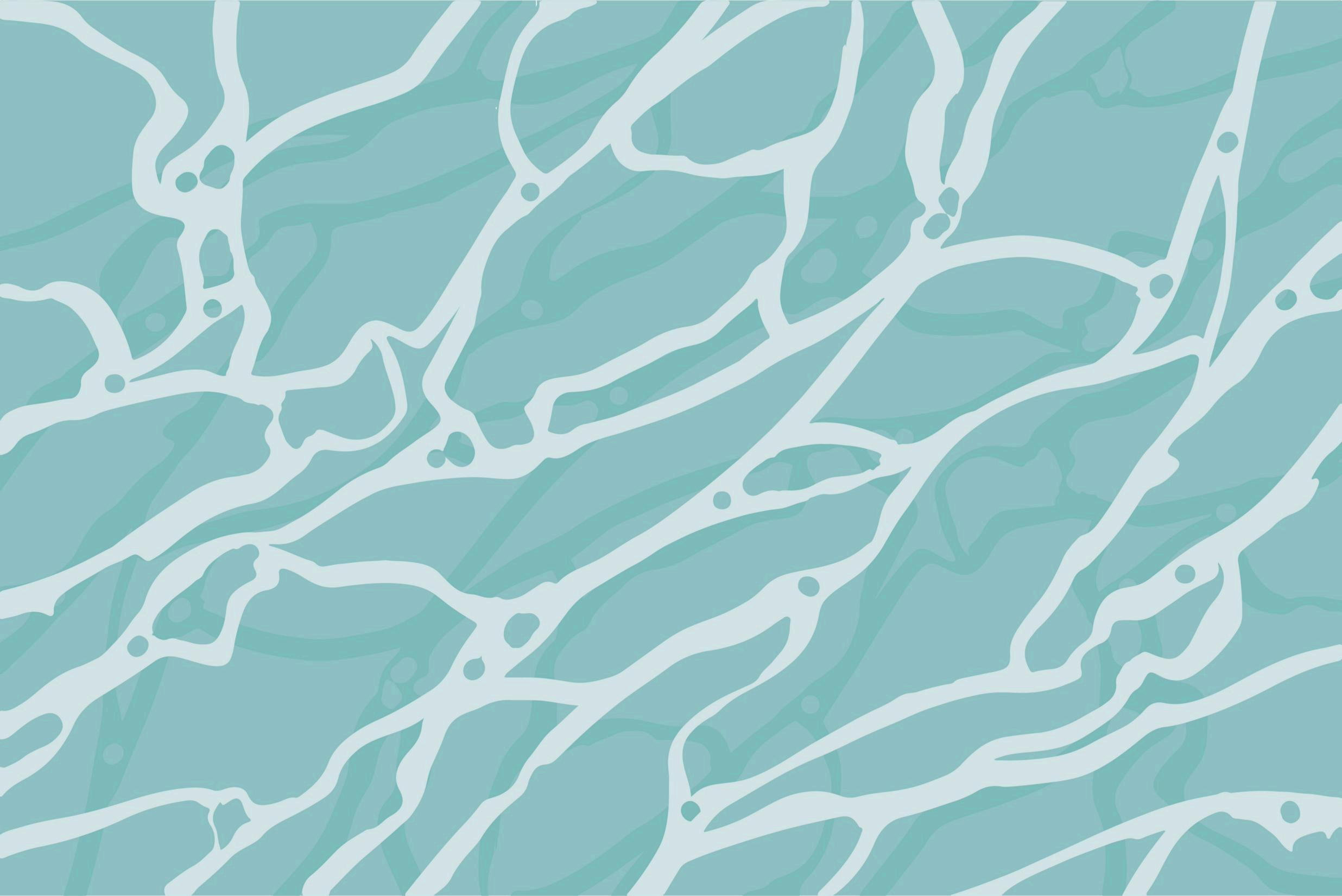
Today, 11/02/22, is a Wednesday. I am 19 years old today. I am excited because I have been living in Iowa City for three months, and the weather is perfect for a 19th birthday. My beautiful new friends are treating me like they've been to all of my birthdays before, like we have a lifetime of memories behind us already.
I can't decide what to wear, my style having drastically changed to the town I've adapted to. I can't remember what I wore for my 18th birthday, but I'm certain those articles of clothing didn't make the cut when deciding what I could stuff into a closet shared with two other girls.
I should feel more sad that my high school friends haven't told me "happy birthday” yet, but I'm distracted by the churros in the dining hall and the overbearing amount of school work I still have to do, even on this special day. I should not go out this weekend because I need to drink less, but it's my 19th birthday and I keep hearing something about your “nasty nineteen.” I should do my physics homework instead of wondering if she likes me back or not, or if I even like her, because what would everyone in my hometown say if they found out I was thinking about kissing a girl?
I need to change my outfit before my friends and I go to Yotopia. The crisp fall weather has turned into a sweltering summer-like heat almost instantaneously, making me regret my choice to wear a sweater. I need to remember where I keep my pepper spray so I don't tense up every time a man is walking on the same side of the street as me. I need to look both ways before crossing the street and trust my big city friends when they say we can go, even if the voice from the crosswalk box is still yelling "Wait!”
Today, 1/1/24, is a Monday. I am 20 years, one month, and 29 days old today. I am excited because I have two new suitcases and a backpack full of clothing that TikTok told me would make me blend in with the Parisians. My flight doesn't board for another couple of hours, but I can already feel myself falling in love with the city of love.
I can't speak French. I can't read the signs that are supposed to be guiding me through this foreign airport. I can't stop myself from thinking they won't let me into the country and I'll have to figure out how to get back home. I can't find the group of people I was told would be waiting for me at Charles de Gaulle when I step foot into the airport at 7:10 a.m., even though my body feels like it's 12:10 a.m.
I should call my mom and my girlfriend and tell them I found the group safely. I should actually talk to some of these people, because I'm going to be spending the next four months in school with them. I should have slept more on the plane.
I need to stay awake to fight the jetlag, but the twin bed looks a little too inviting. I need to see if my new roommates want to get dinner together at one of the Parisian cafés lining our street. I need to make sure I have everything ready before our first day of orientation tomorrow.

I need to have no bright clothes in my wardrobe. I need to not speak English in the metro. I need to avert eye contact with strangers. I need to walk efficiently. I need to always be aware of my surroundings. I need to say “Bonjour” every time I enter a space. I need to use as much French as possible when speaking to local Parisians. I need to adjust to eating dinner at 9 p.m. I need to learn to enjoy wine. I need to learn how to properly pronounce charcuterie.
Today, 11/02/24, is a Saturday. I am 21 years old today. I am excited because I am a legal adult again, having spent the last six months since my return being underage again. Today, my worlds crossover and the stars align as I stand with everyone I love in the middle of some random parking lot, bleeding black and gold.
I can't believe how lucky I am, as friends from every walk of life have shown up for me. I can't help but smile at the Hawkeye fans who have already had a little too much to drink before the game starts. I can't wait for my girlfriend and my family to spend time together, a tell-tale sign that maybe there wasn't anything to worry about all those years ago.
I should focus on today, but I reflect on all the moments that led me here: an off-putting hometown, full of like-minded individuals; new friends who have shown me how to be comfortable in my being; four months abroad, full of broken French and weekends spent traveling with budget airlines.
For the first time in my life, I don't need a life jacket.

By Camryn Ward
Iowa City has a vibrant performing arts and literature scene. Recognized as a UNESCO City of Literature, the community is home to both emerging and established writers, each with a story to tell. The same holds true for musicians across all genres, who have instrumental and songwriting talents to share with the world. Iowa City uniquely blends these two exquisite artistic endeavors at the annual Mission Creek Festival. This festival, a celebration of music and literature, takes place in downtown Iowa City, where musical performances and literary readings are showcased in various venues. Headliners typically perform at Hancher Auditorium and the Englert Theatre, while Gabe’s, The Black Angel, Reunion Brewery, and Riverside Theatre host performances in more intimate settings. Passholders can explore the city and experience music and literature in the environments that define our vibrant community.
Mission Creek wasn’t always held in Iowa City, however. The idea for Mission Creek originated in San Francisco, California, where artist Jeff Ray first had the idea to put together a festival that celebrated up-and-coming Bay Area creatives. Taking on Andre Perry as his co-producer, the two ran the festival in San Francisco until 2006, when Perry moved to Iowa City and inaugurated the first local Mission Creek Festival.
The festival celebrated its 20th anniversary this year. While the Englert Theatre will be stepping away from producing the festival after this year, the festival has no doubt made its mark on the Iowa City community and will continue to stay for years to come. From the beginning, Mission Creek has been rooted in community involvement, recruiting volunteers to help run the weekend-long festival. Volunteers sell merchandise, dole out passes, stagehand, capture photos, and more. The roots Mission Creek has in the city's community are not lost on its participants.
“My first year volunteering at Mission Creek in 2023, during Sudan Archives’ performance, she came down into the crowd right by me and hugged a fan standing near me. I was taking a video and captured the hug, so after the performance, I talked to that fan and was able to send the video to them,” Abbie McLaren, a past volunteer, commented. “I love the communal experience of a crowd, and this moment really exemplified the neighborly feeling that permeates the festival.”
The communal effort and enjoyment brought from Mission Creek Festival each year speaks to its uniqueness– this is a festival unlike many others and is a staple to the Iowa City community.
